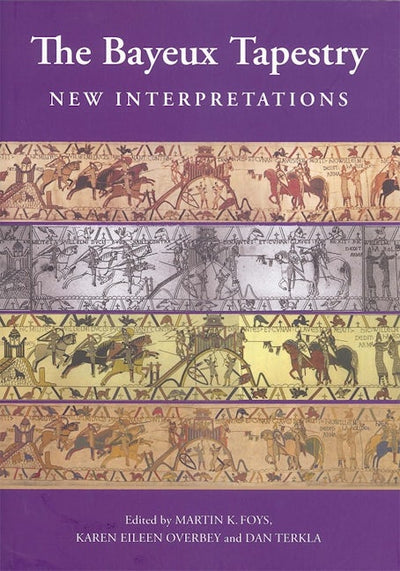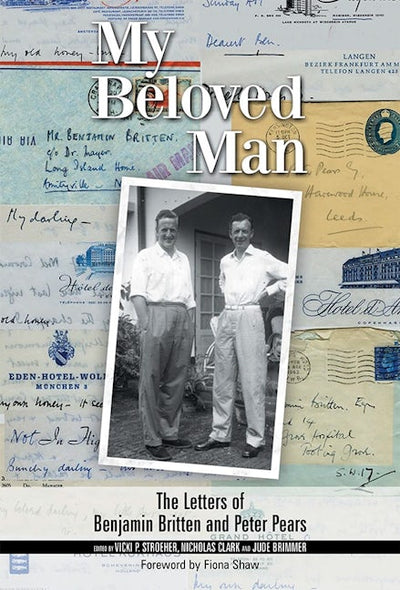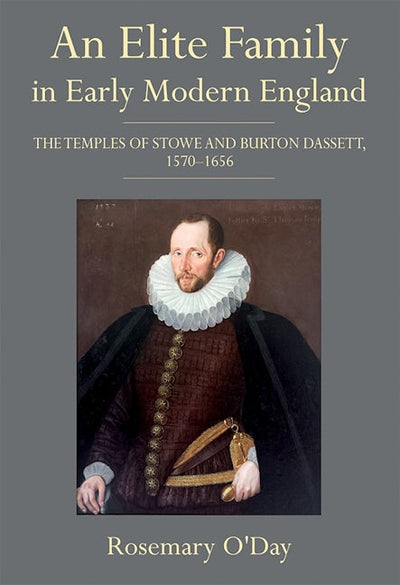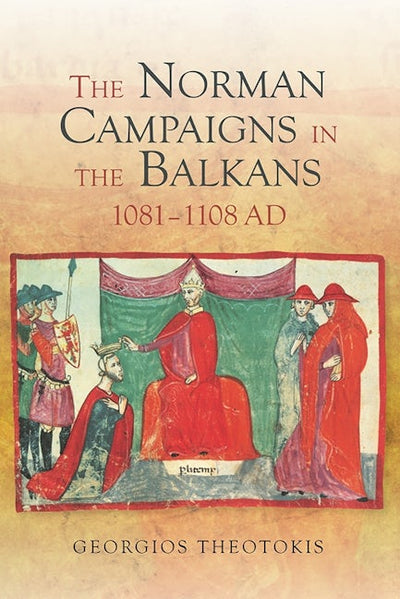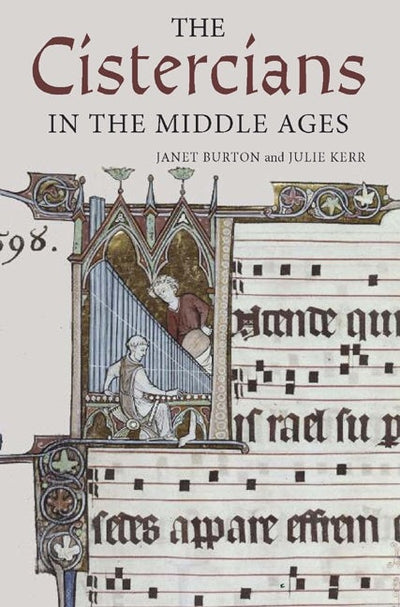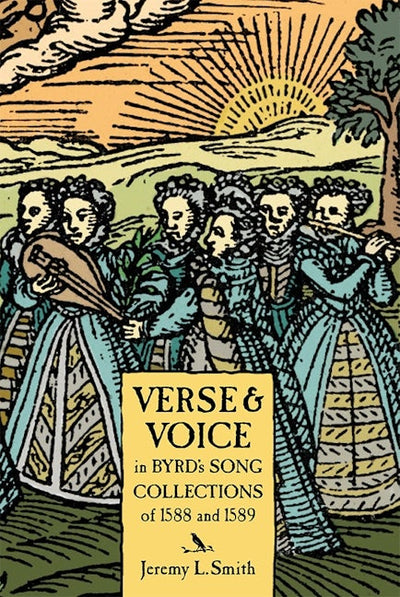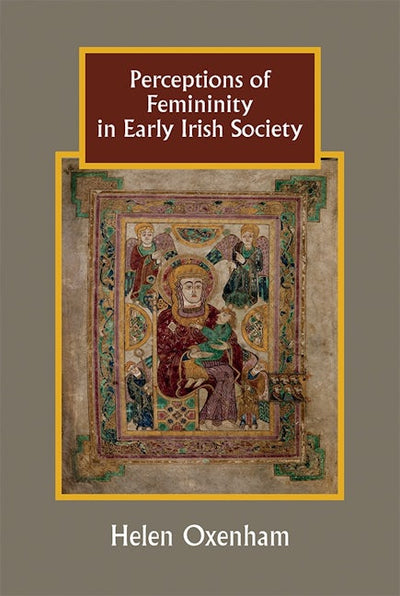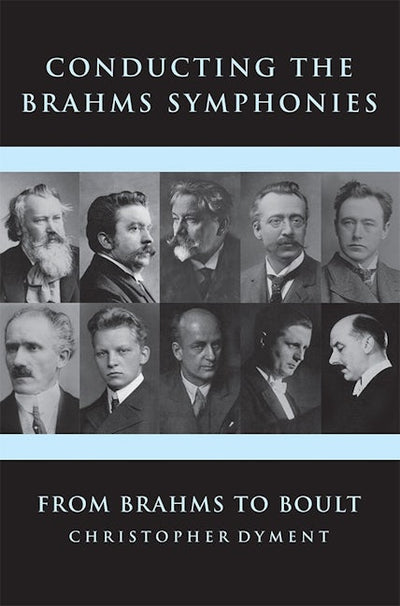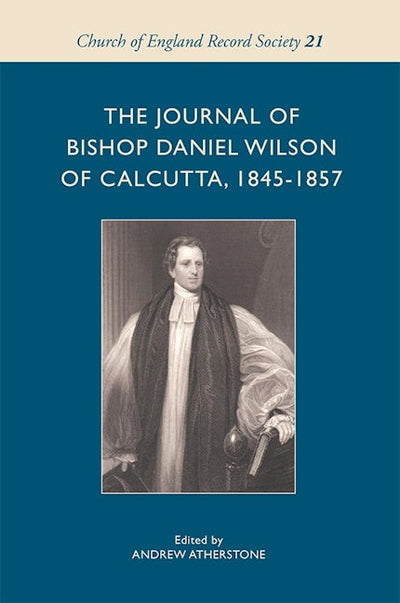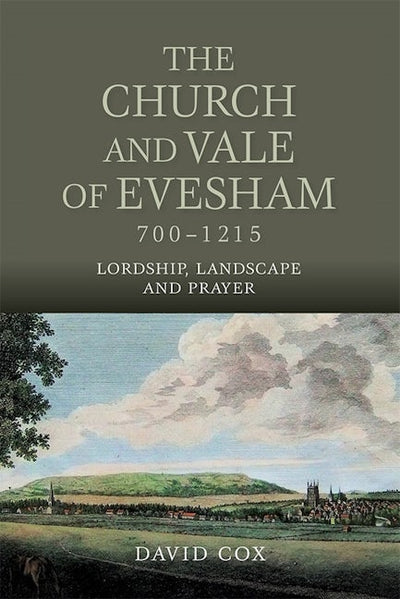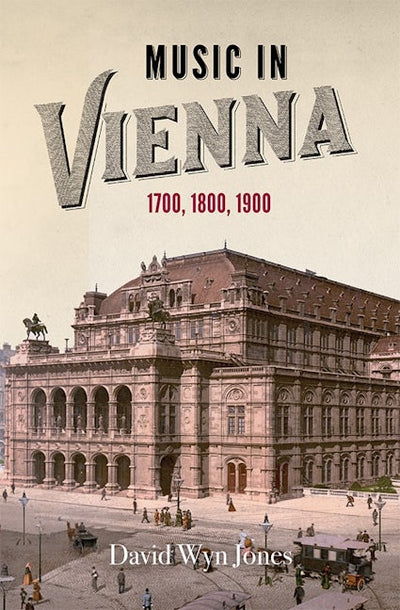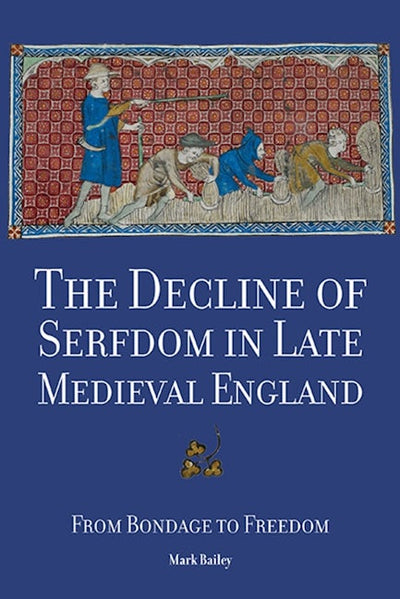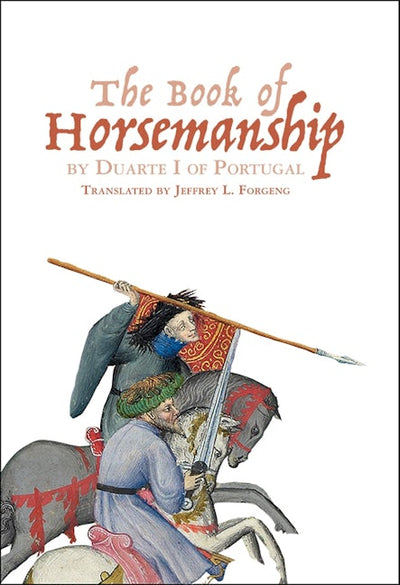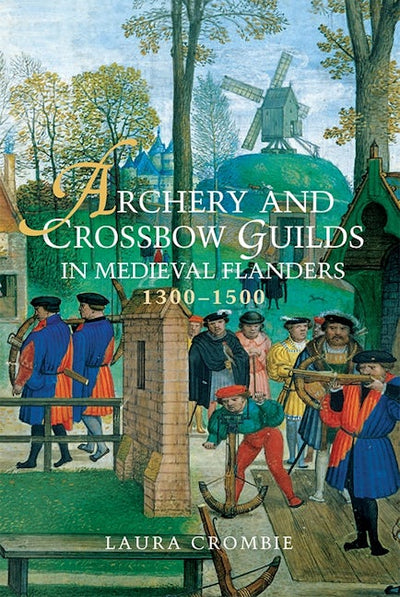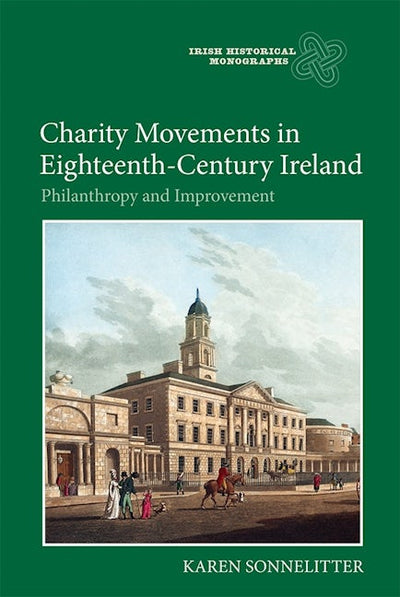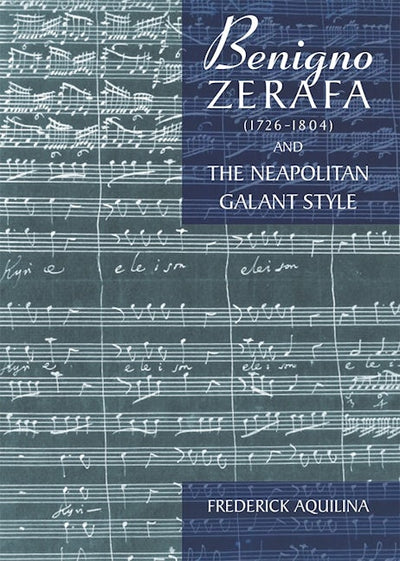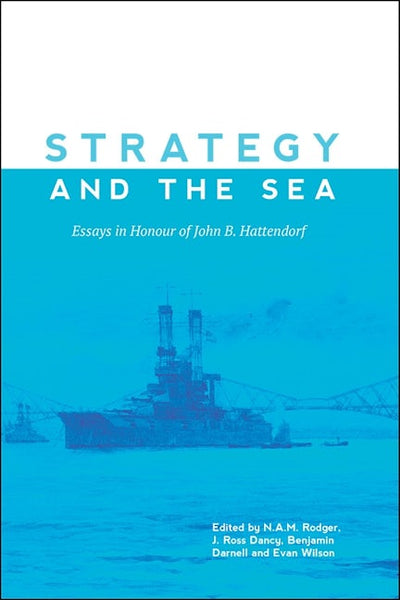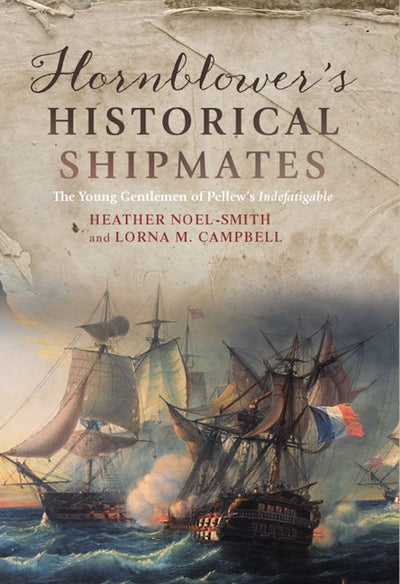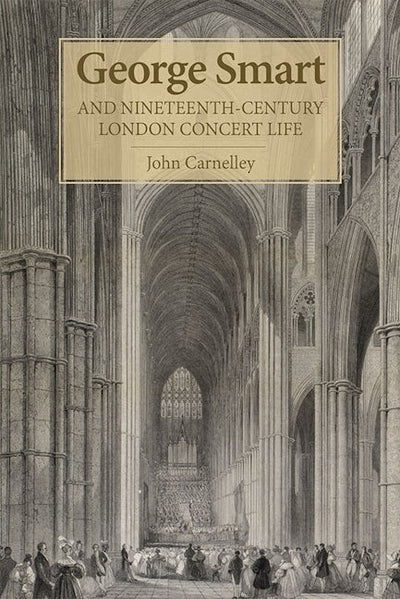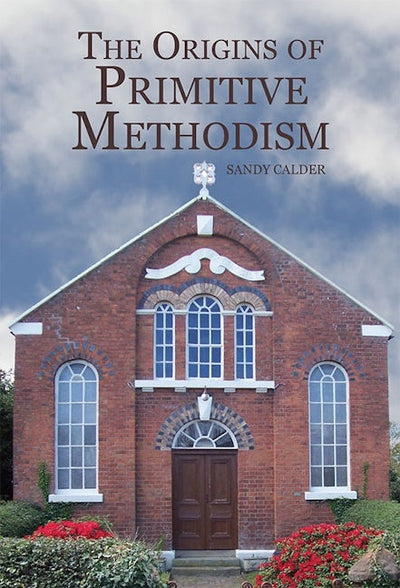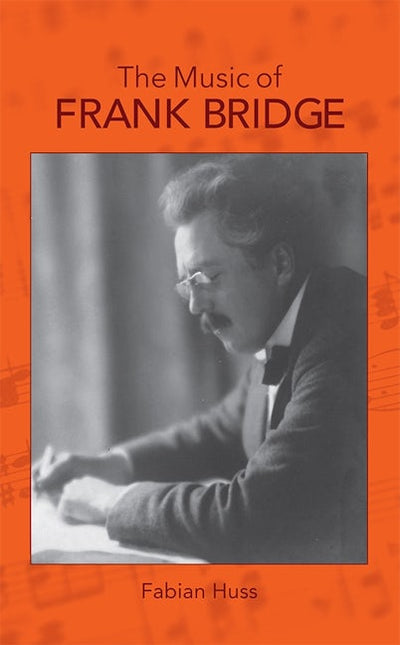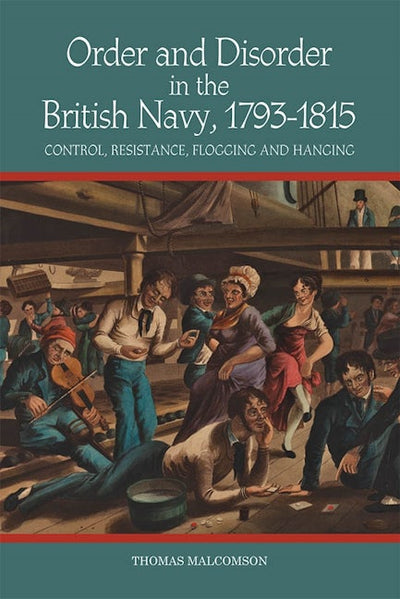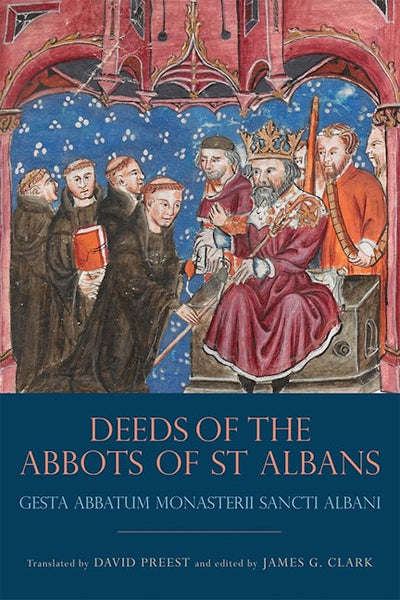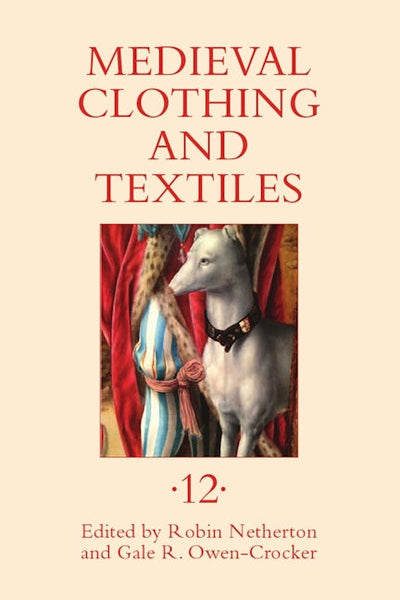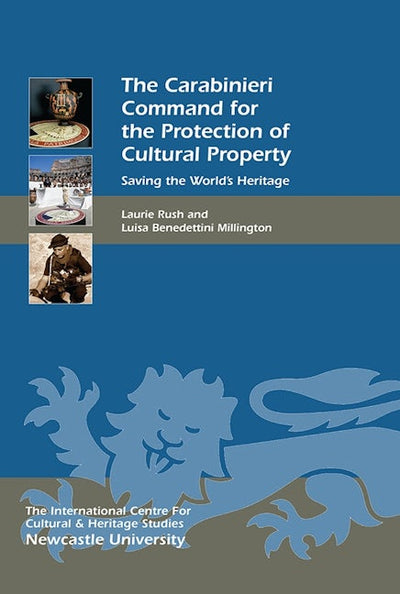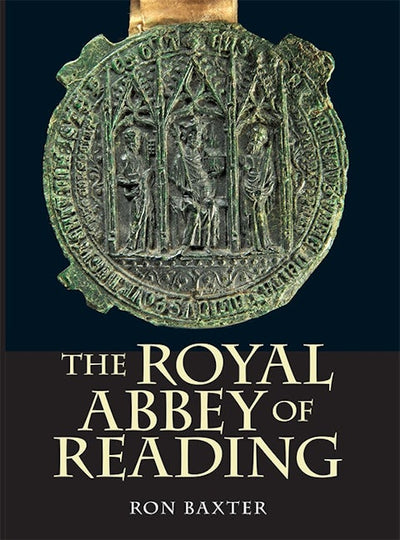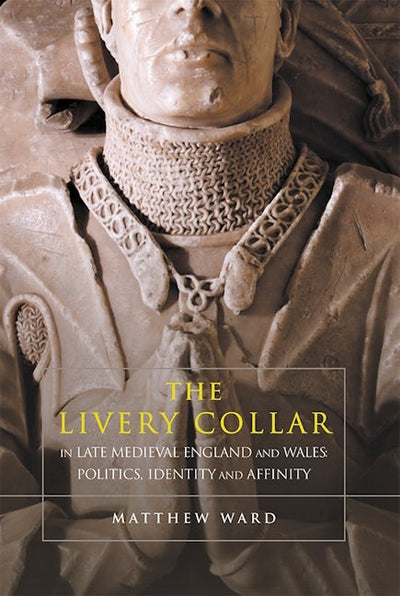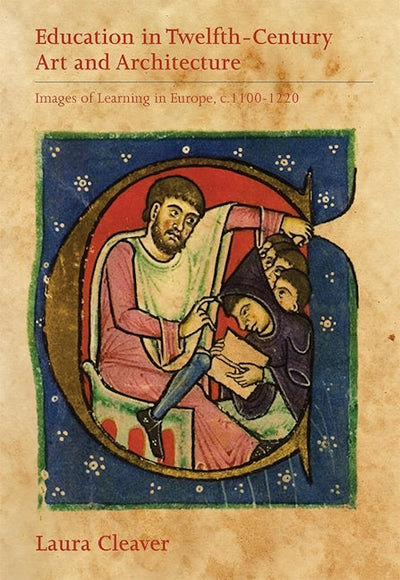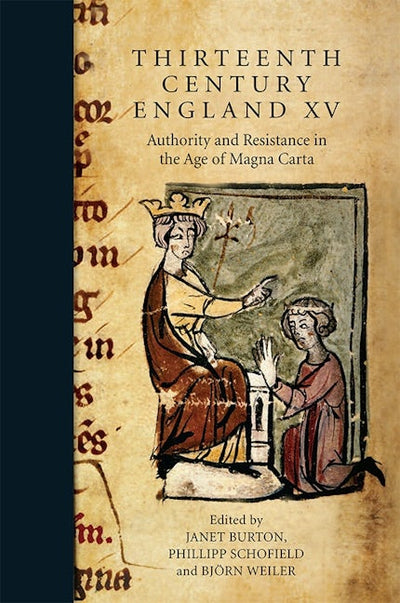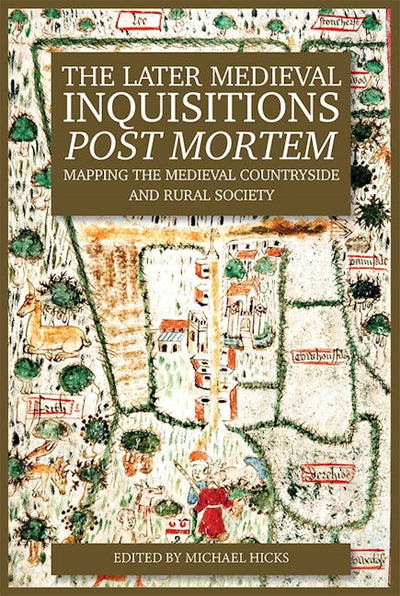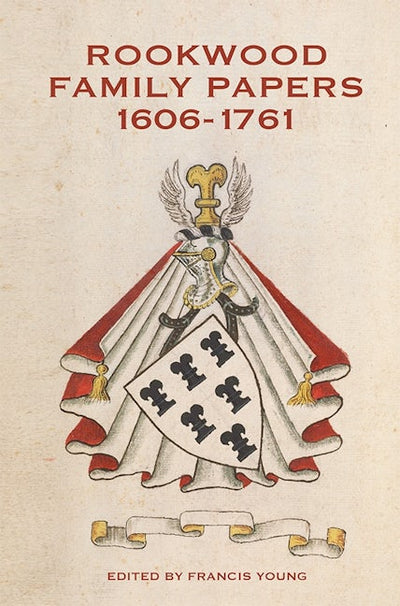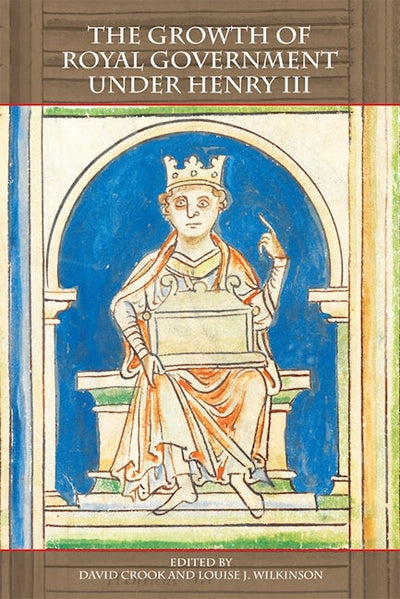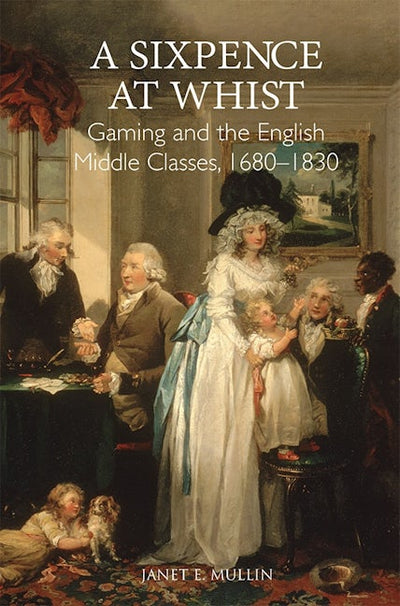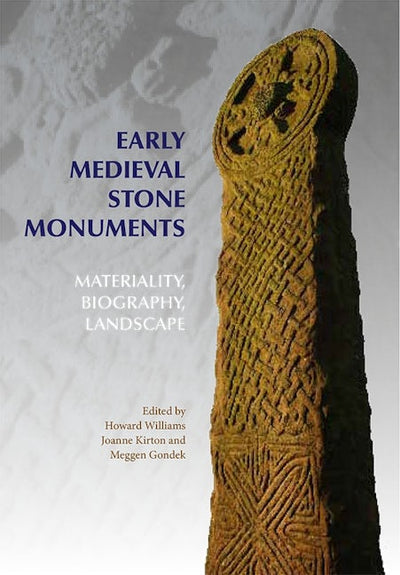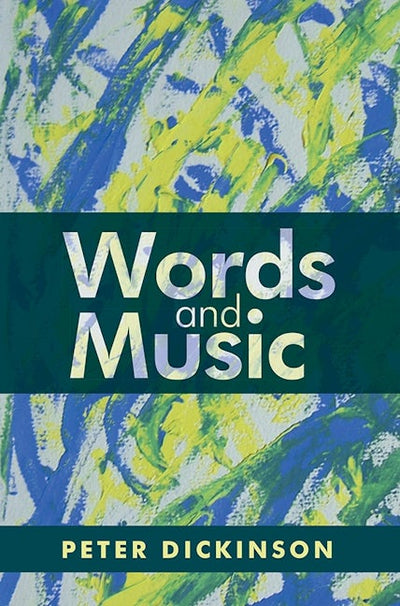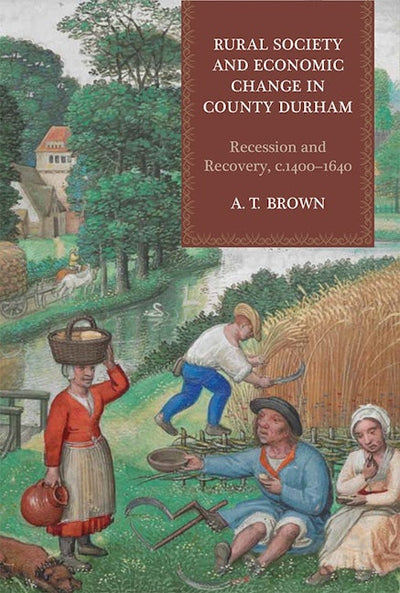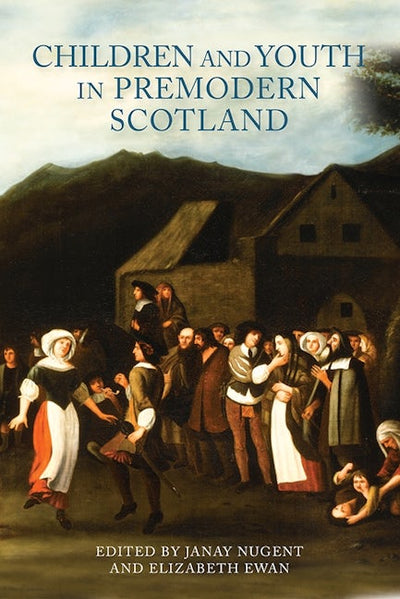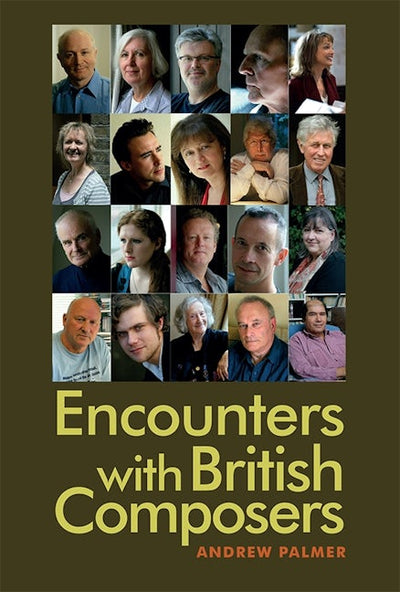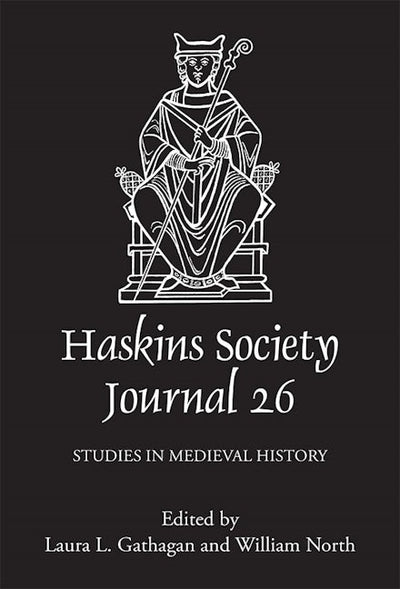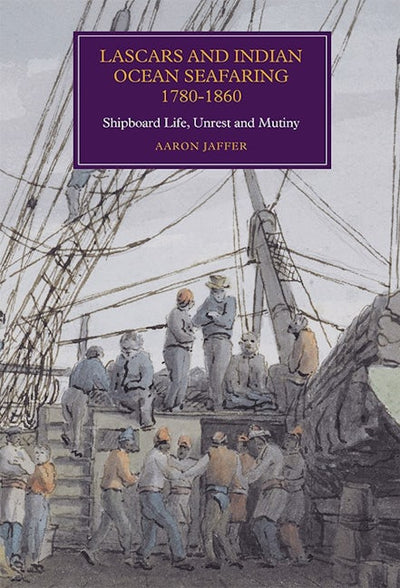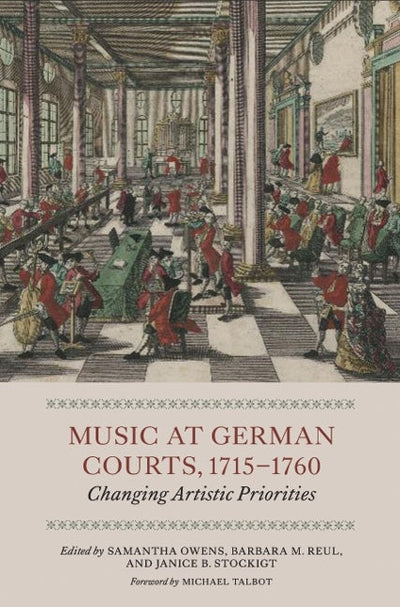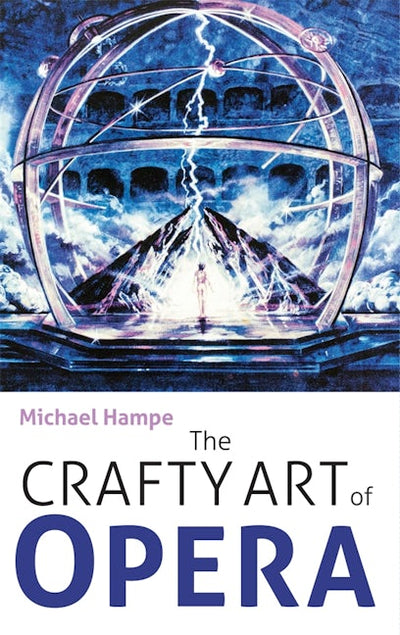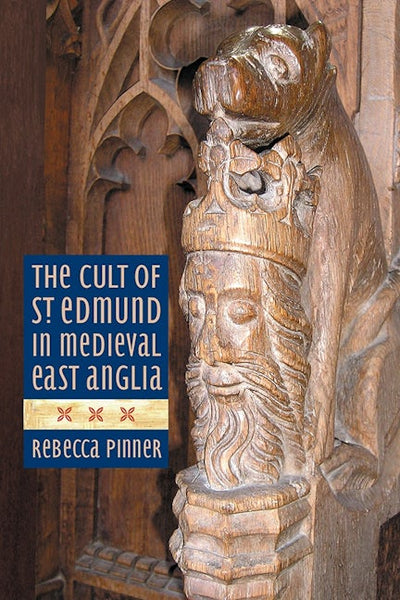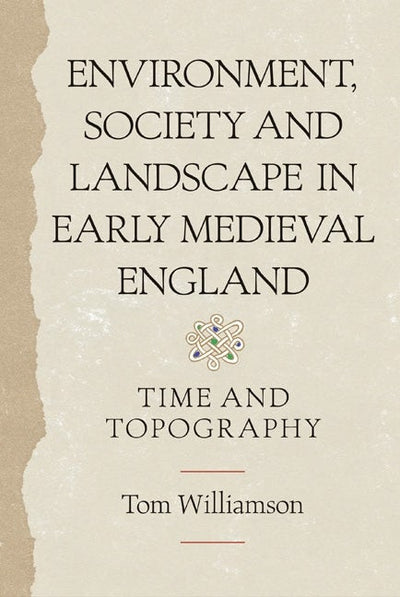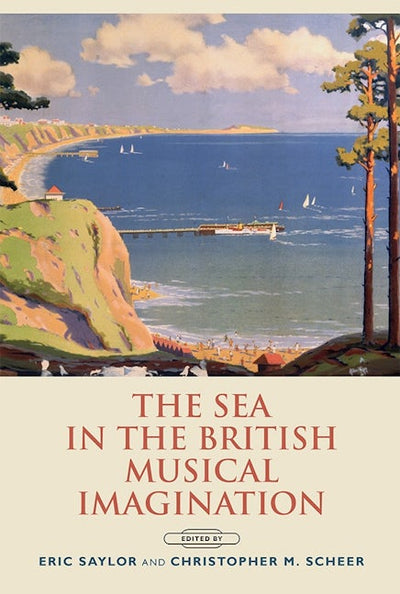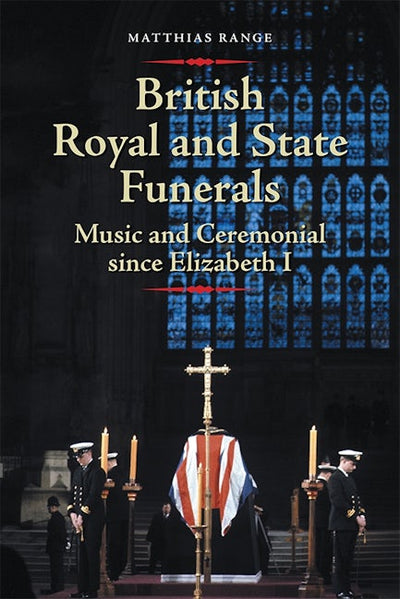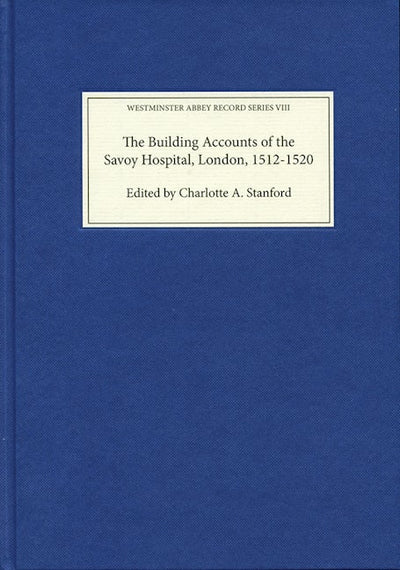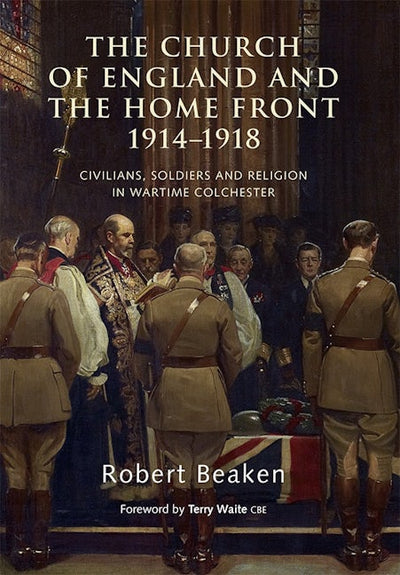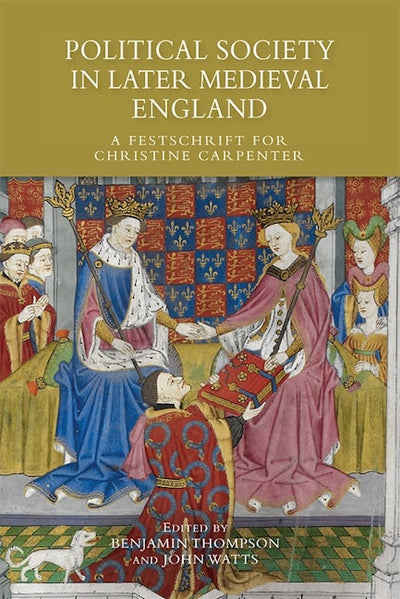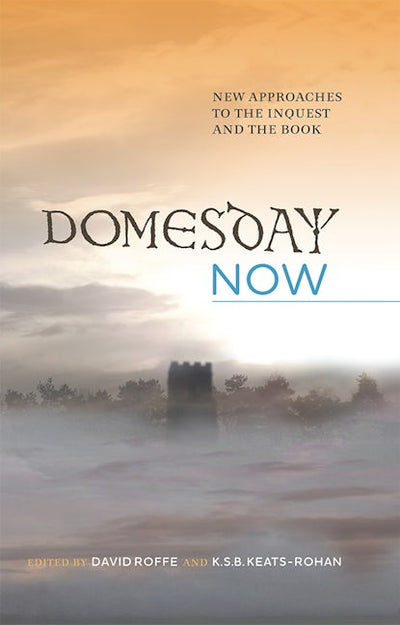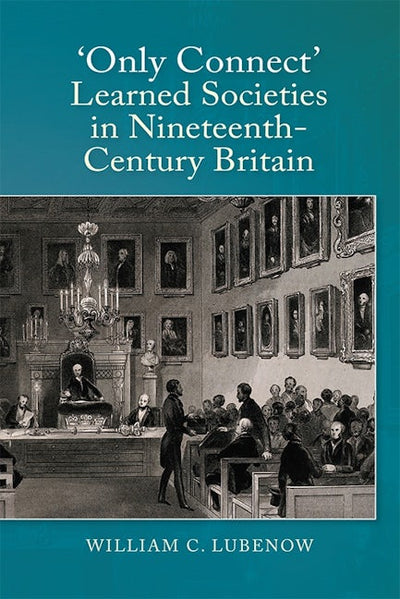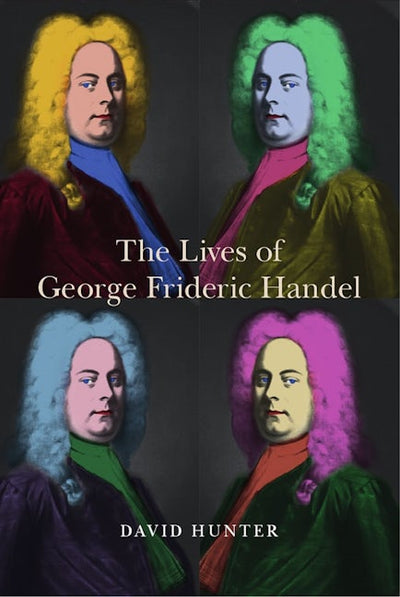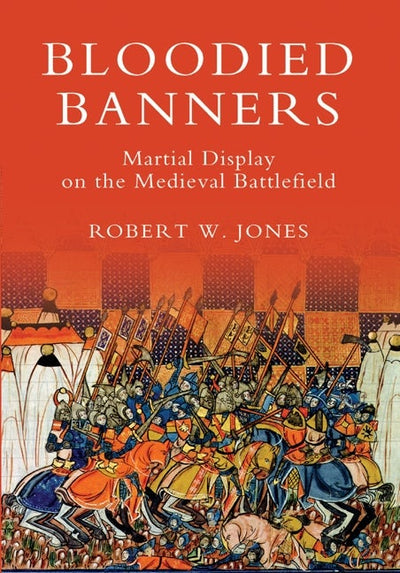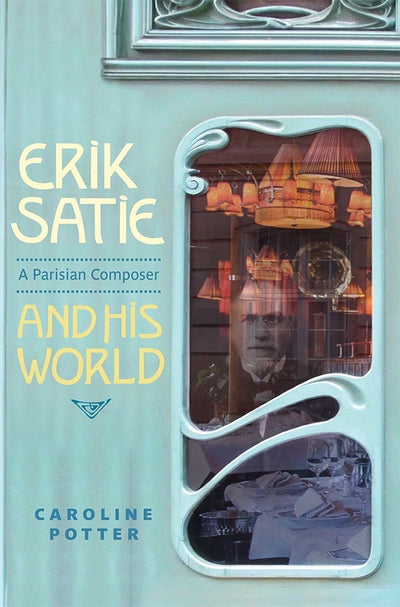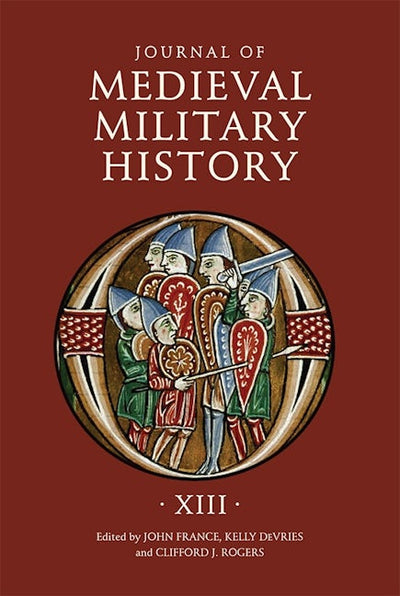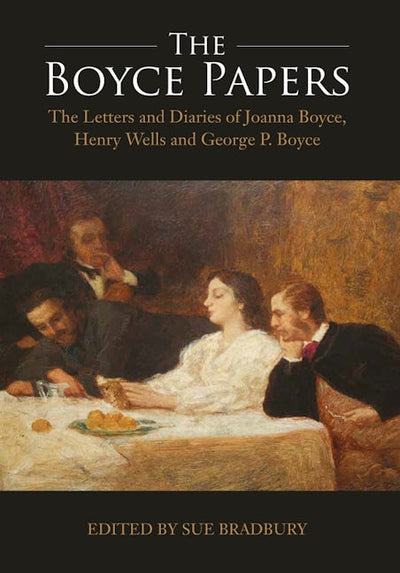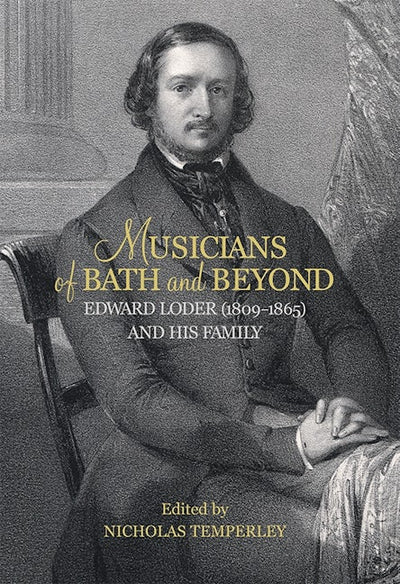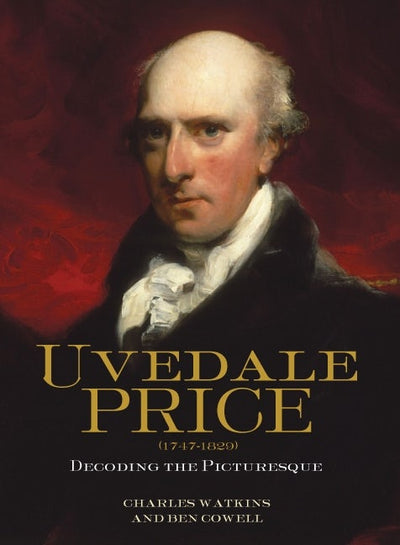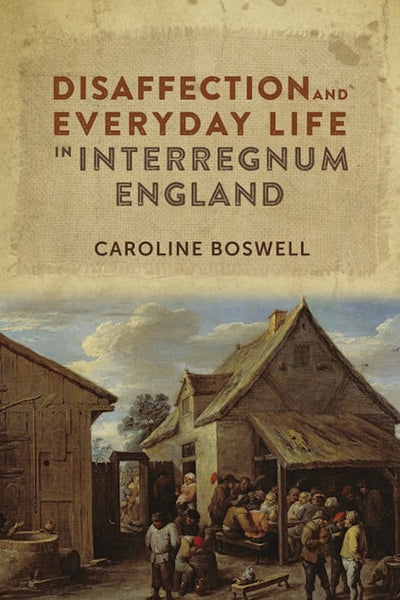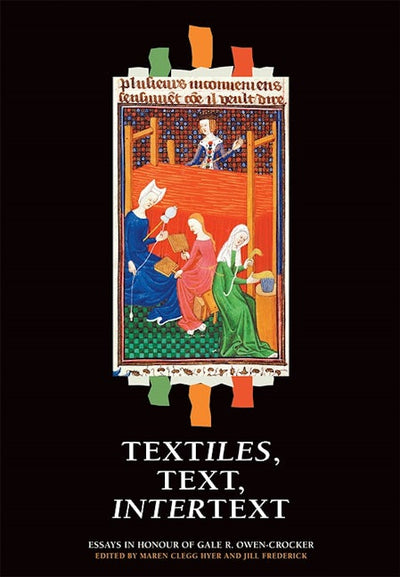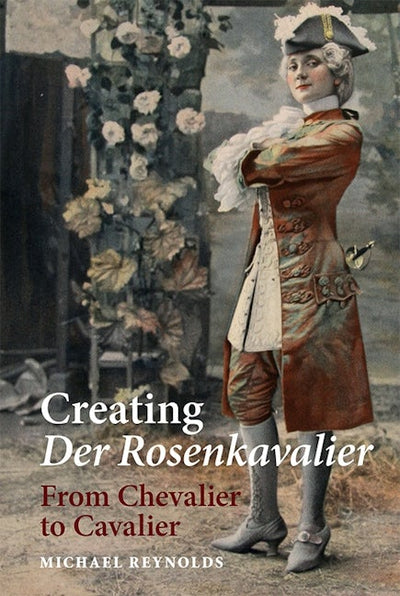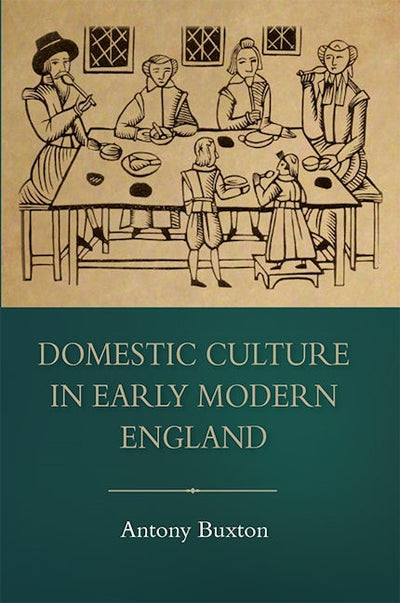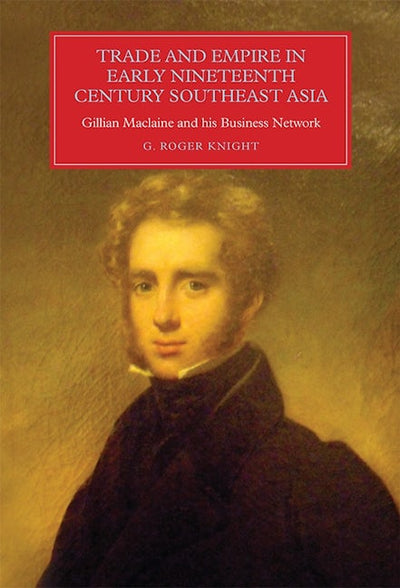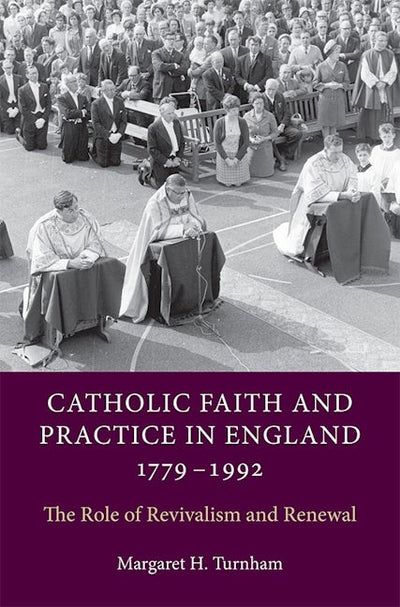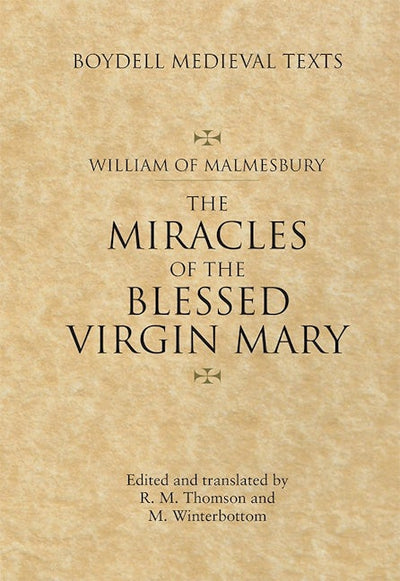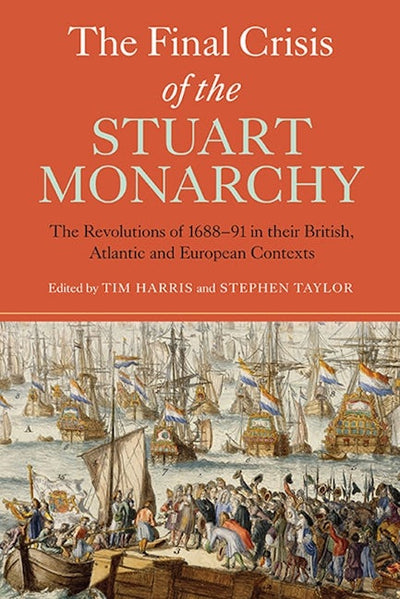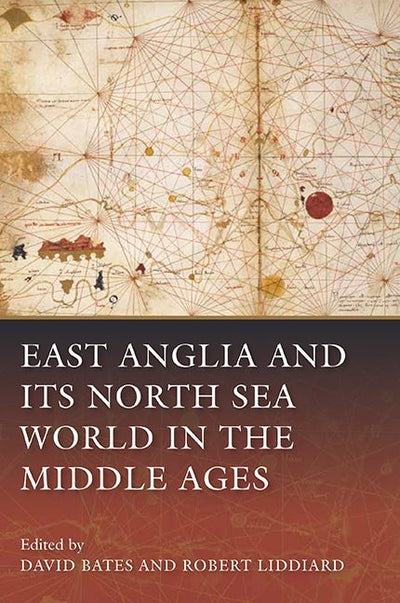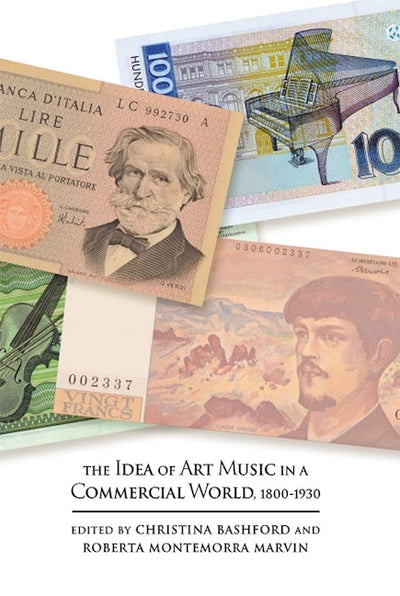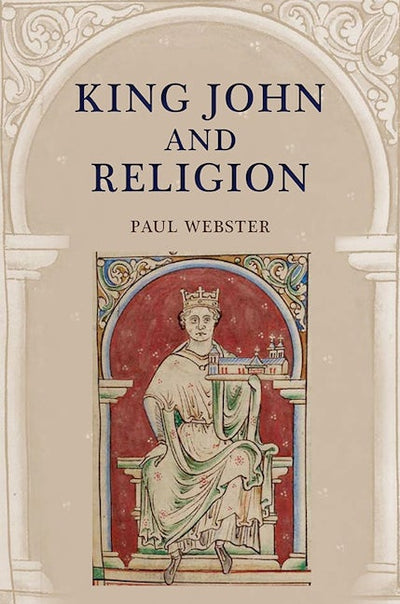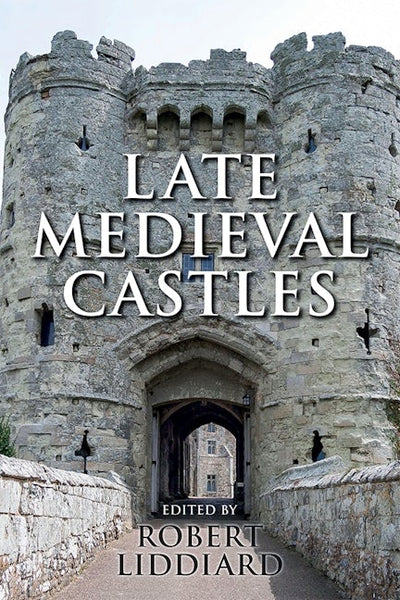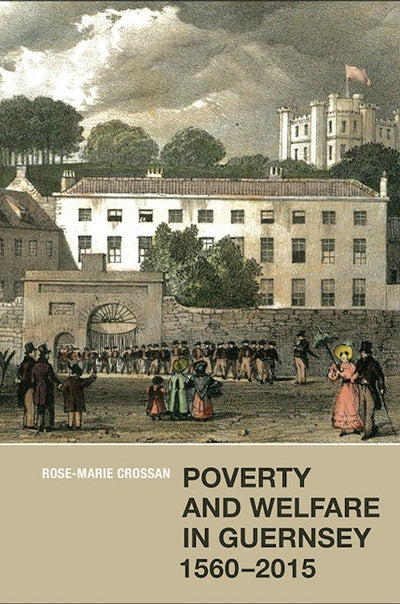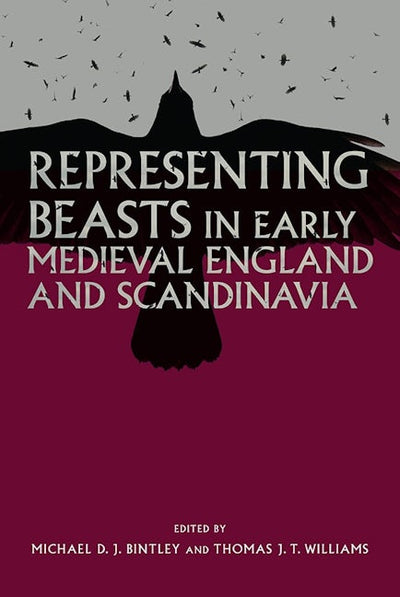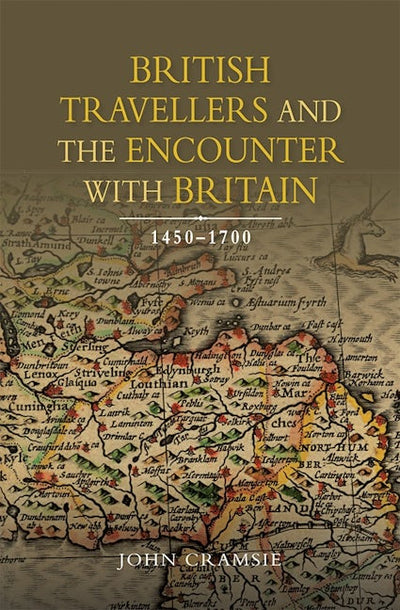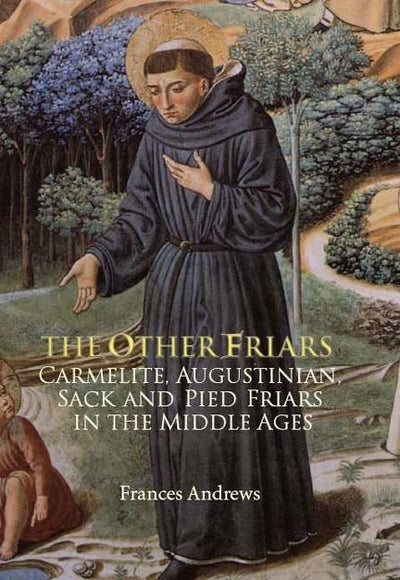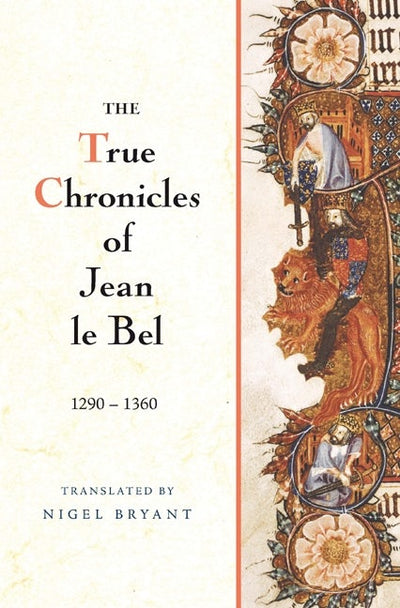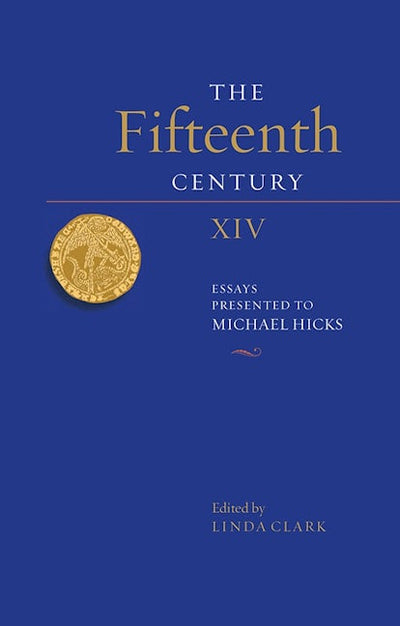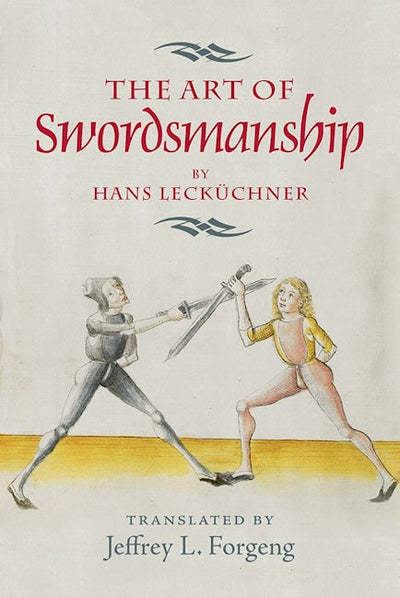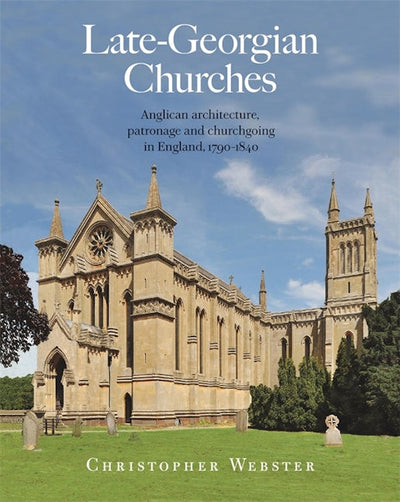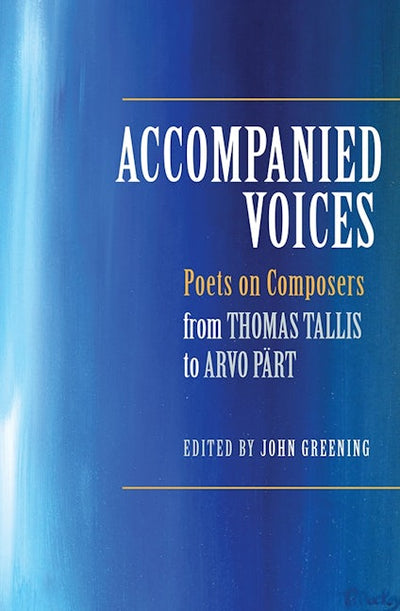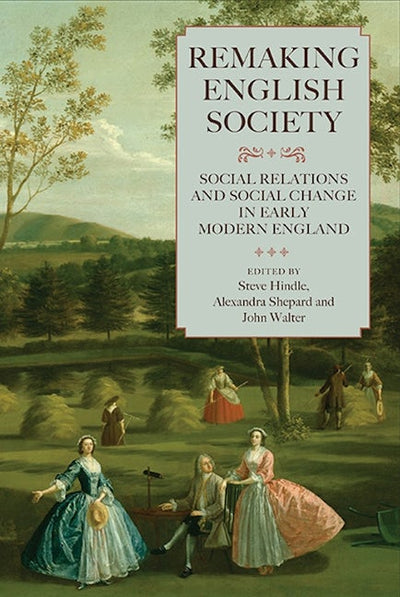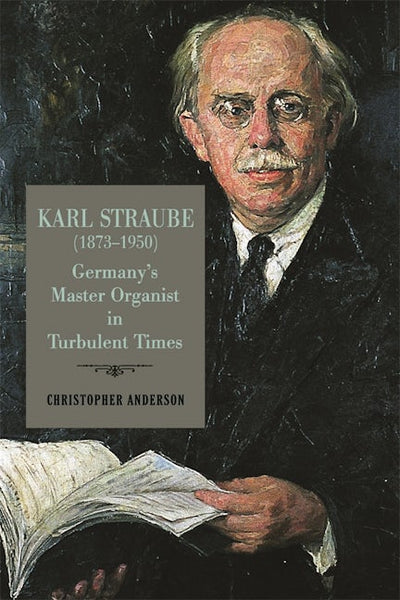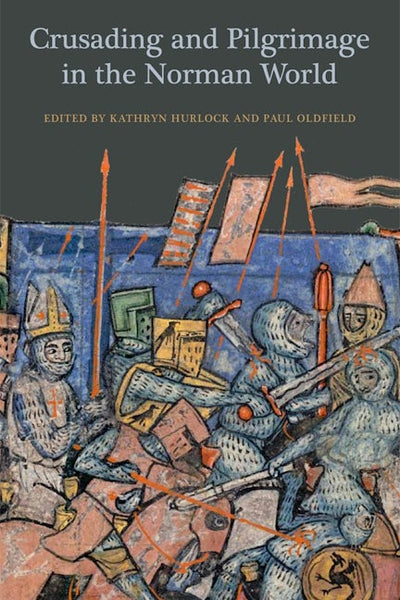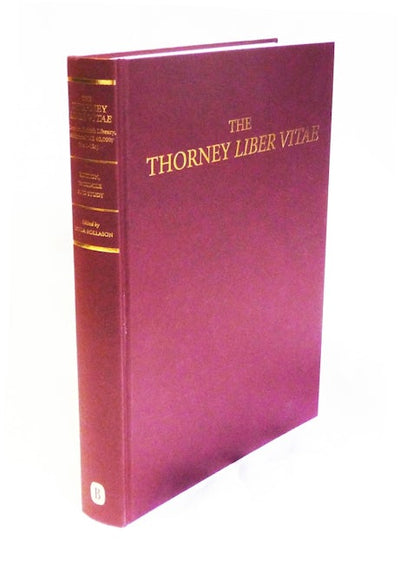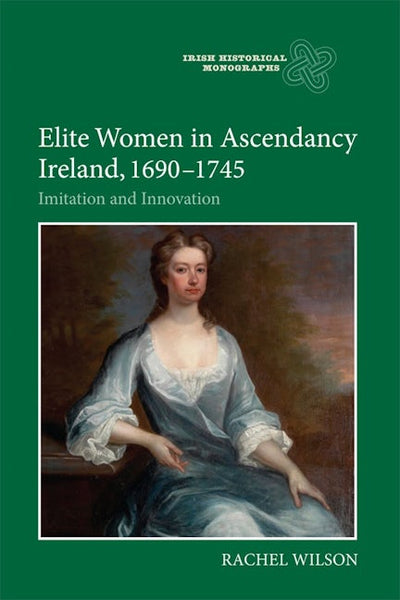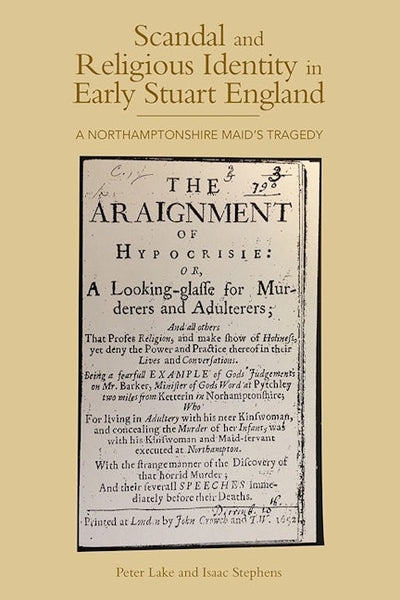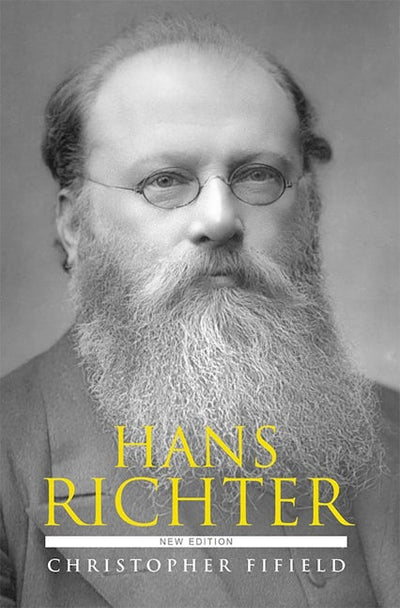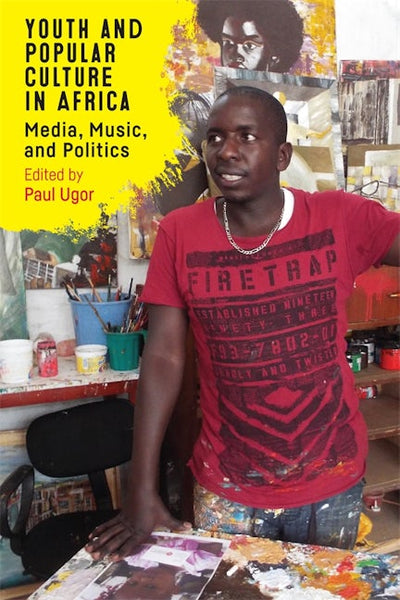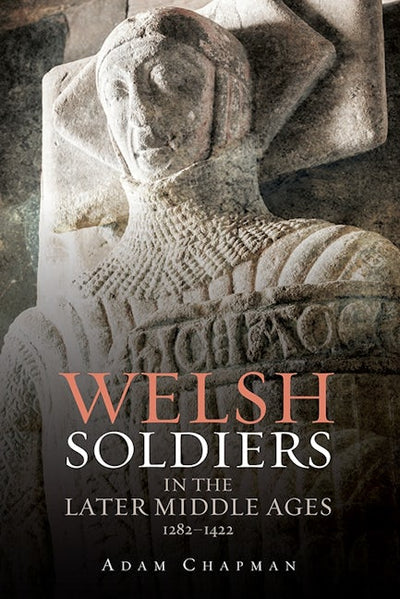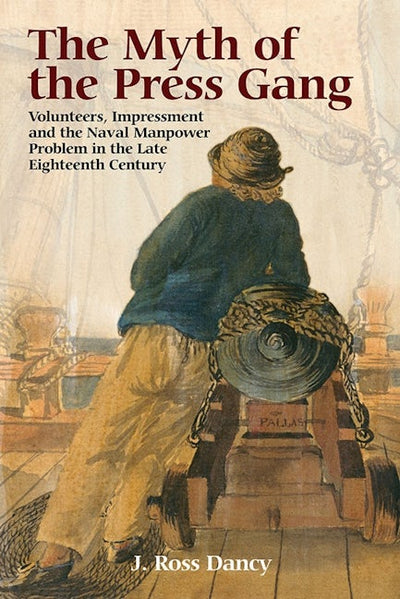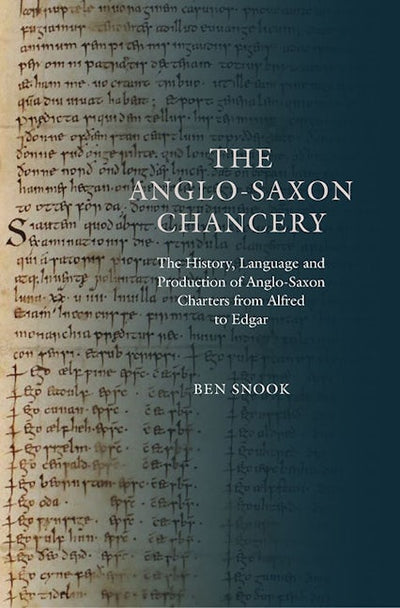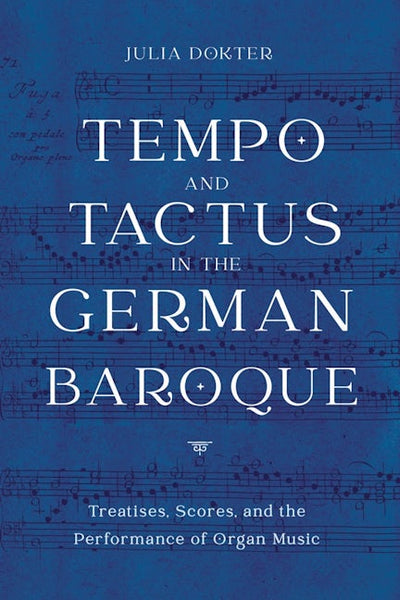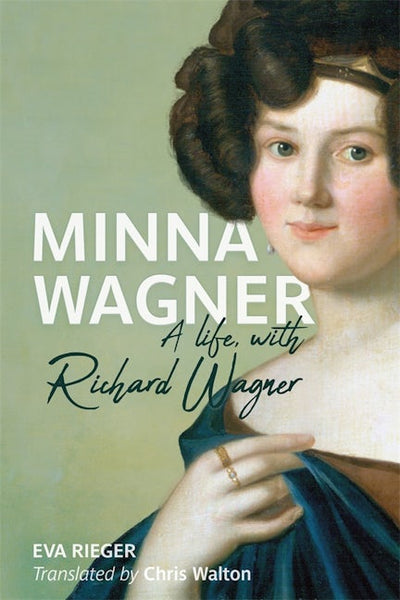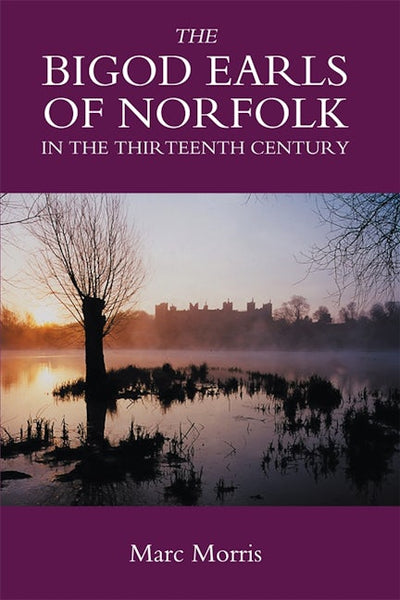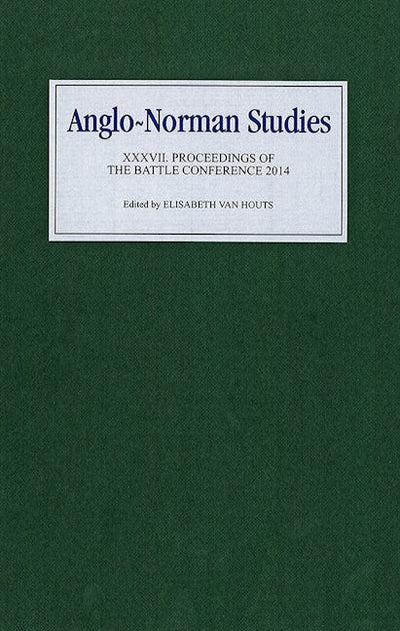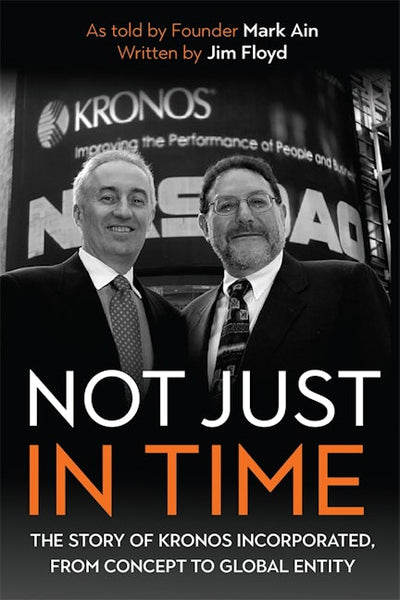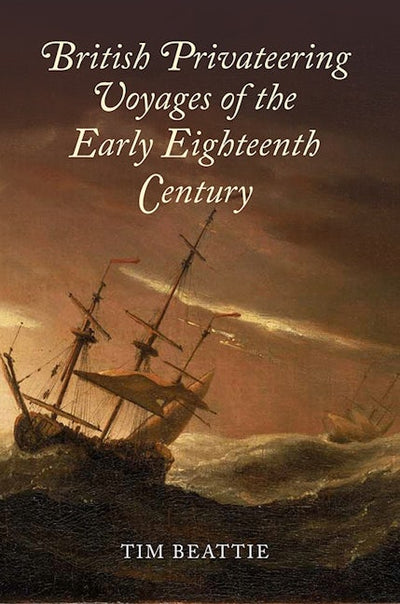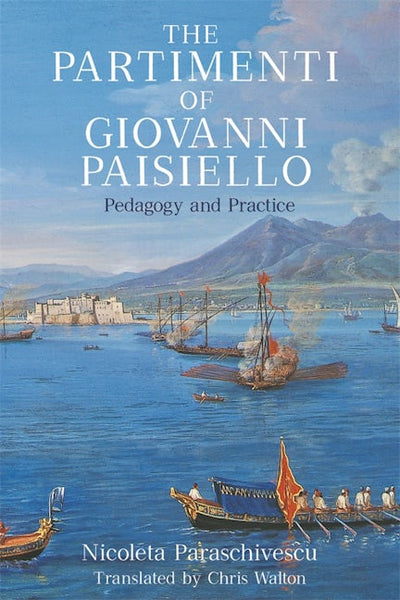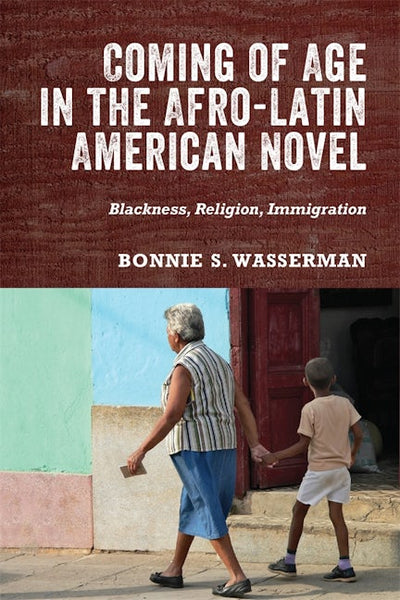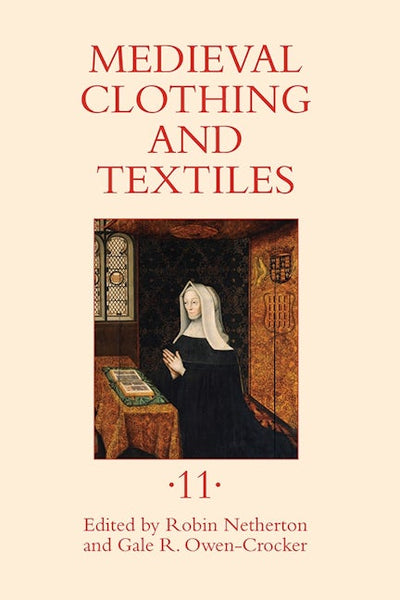-
Antiques & Collectibles
-
Architecture
-
Art
-
Bibles
-
Biography & Autobiography
-
Body, Mind & Spirit
-
Business & Economics
-
Comics & Graphic Novels
-
Computers
-
Cooking
-
Crafts & Hobbies
-
Design
-
Education
-
Family & Relationship
-
Fiction
-
Foreign Language Study
-
Games & Activities
-
Gardening
-
Health & Fitness
-
History
-
House & Home
-
Humor
-
Juvenile Fiction
-
Juvenile Nonfiction
-
Language Arts & Disciplines
-
Law
-
Literary Collections
-
Literary Criticism
-
Mathematics
-
Medical
-
Miscellaneous
-
Music
-
Nature
-
Performing Arts
-
Pets
-
Philosophy
-
Photography
-
Poetry
-
Political Science
-
Psychology
-
Reference
-
Religion
-
Self-Help
-
Science
-
Social Science
-
Sports & Recreation
-
Study Aids
-
Technology & Engineering
-
Transportation
-
Travel
-
True Crime
-
Young Adult Fiction
-
Young Adult Nonfiction
-
Antiques & Collectibles
-
Architecture
-
Art
-
Bibles
-
Biography & Autobiography
-
Body, Mind & Spirit
-
Business & Economics
-
Comics & Graphic Novels
-
Computers
-
Cooking
-
Crafts & Hobbies
-
Design
-
Education
-
Family & Relationship
-
Fiction
-
Foreign Language Study
-
Games & Activities
-
Gardening
-
Health & Fitness
-
History
-
House & Home
-
Humor
-
Juvenile Fiction
-
Juvenile Nonfiction
-
Language Arts & Disciplines
-
Law
-
Literary Collections
-
Literary Criticism
-
Mathematics
-
Medical
-
Miscellaneous
-
Music
-
Nature
-
Performing Arts
-
Pets
-
Philosophy
-
Photography
-
Poetry
-
Political Science
-
Psychology
-
Reference
-
Religion
-
Self-Help
-
Science
-
Social Science
-
Sports & Recreation
-
Study Aids
-
Technology & Engineering
-
Transportation
-
Travel
-
True Crime
-
Young Adult Fiction
-
Young Adult Nonfiction
The Bayeux Tapestry: New Interpretations
Regular price $95.00 Save $-95.00In the past two decades, scholarly assessment of the Bayeux Tapestry has moved beyond studies of its sources and analogues, dating, origin and purpose, and site of display. This volume demonstrates the value of more recent interpretive approaches to this famous and iconic artefact, by examining the textile's materiality, visuality, reception and historiography, and its constructions of gender, territory and cultural memory. The essays it contains frame discussions vital to the future of Tapestry scholarship and are complemented by a bibliography covering three centuries of critical writings.
Contributors: Valerie Allen, Richard Brilliant, Shirley Ann Brown, Elizabeth Carson Pastan, Madeline H. Cavines, Martin K. Foys, Michael John Lewis, Karen Eileen Overbey, Gale R. Owen-Crocker, Dan Terkla, Stephen D. White.

My Beloved Man
Regular price $49.95 Save $-49.95To read these letters is to climb up a wall and peer into the secret garden of two giants.' From the Foreword by FIONA SHAW
This volume comprises the complete surviving correspondence between Benjamin Britten and Peter Pears. The 365 letters written throughout their 39-year relationship are here brought together and published, as Pears intended, for the first time. While the correspondence provides valuable evidence of the development of Britten's works, more significant is the insight into his relationship with Pears and their day-to-day life together. Entertaining to read, domestic and intimate, the letters provide glimpses of cultural and artistic life in the twentiethcentury, including pacifism and conscientious objection, critical assessments of music and other artists, transport and communications development in the twentieth century, the 'Aldeburgh corpses', art collecting, gossip, everyday life in an English country house, the development of the Aldeburgh Festival, performance practice in early music, looking after dachshunds, travel, and a host of other topics. Above all, when read together, Britten and Pears's letters allow the clearest possible look 'behind the scenes' of one of the most productive creative partnerships of the twentieth century.
VICKI P. STROEHER is Professor of Music History at Marshall University where she isalso Coordinator of the Music History & Literature area.
NICHOLAS CLARK is the Librarian at the Britten-Pears Foundation at The Red House, Britten and Pears's home in Aldeburgh, Suffolk.
JUDE BRIMMER is an Archivist at the Britten-Pears Foundation.

An Elite Family in Early Modern England
Regular price $130.00 Save $-130.00The Temples of Stowe were a leading Midland landed family, owning land in, and with strong connections to, Buckinghamshire, Leicestershire, Northamptonshire, Oxfordshire and Warwickshire. In the seventeenth century they were one of the wealthiest and most prominent local families, building in the eighteenth century a large and beautiful country house, now Stowe School. The family also left voluminous records, housed mainly in the Huntington and the Folger Shakespeare libraries. Based on very extensive research in these records, this book provides a detailed picture of the family life of the early Temples. It examines household, financial and estate management, discusses social networking and the promotion of family interests, and considers the legal disputes the family were engaged in. It focuses in particular on the happy and effective marriage of Sir Thomas and Lady Hester Temple, exploring their relationship with each other, with their children, and with their siblings. Lady Hester, who outlived her husband by twenty years, is a good example of a formidable matriarch, who took a strong lead in managing the family and its resources. Overall, the book provides a full and detailed picture of the family life of an aristocratic family in early modern England.
ROSEMARY O'DAY is Professor of History at the Open University and author of, amongst numerous other works, Women's Agency in Early Modern Britain and the American Colonies: Patriarchy, Partnership and Patronage (Pearson. Longman 2007) and Cassandra Brydges (1670-1735) First Duchess of Chandos: Life and Letters (Boydell Press 2007).

The Norman Campaigns in the Balkans, 1081-1108
Regular price $130.00 Save $-130.00The Norman expansion in eleventh-century Europe was a movement of enormous historical importance, which saw men and women from the duchy of Normandy settling in England, Italy, Sicily and the Middle East. The Norman establishmentin the South is particularly interesting, because it represents the story of a few hundred mercenaries who managed to establish a principality in the Mediterranean that would later develop in to the Kingdom of Sicily.
In thisbook the author examines the clash of two different "military cultures" - the Normans and the Byzantines - in one theatre of war - the Balkans. It is the first study to date of the military organization of the Norman and Byzantine states in the Mediterranean, and of their overall strategies and their military tactics in the battlefield. It is also the first to examine the way in which each military culture reacted and adapted to the strategies and tacticsof its enemies in Italy and the Balkans. The author closely follows the campaigns conducted by the Normans in the Byzantine provinces of Illyria and Macedonia and their battles against Imperial armies commanded by the Byzantine Emperor. He also examines the ways in which the Italian-Norman and Byzantine military systems differed, and their relative efficiencies.
Dr GEORGIOS THEOTOKIS is Assistant Professor of European History at Fatih University, Istanbul.

The Cistercians in the Middle Ages
Regular price $65.00 Save $-65.00The Cistercians (White Monks) were the most successful monastic experiment to emerge from the tumultuous intellectual and religious fervour of the eleventh and twelfth centuries. By around 1150 they had established houses the length and breadth of Western Christendom and were internationally renowned. They sought to return to a simple form of monastic life, as set down in the Rule of St Benedict, and preferred rural locations "far from the haunts of men".But, as recent research has shown, they were by no means isolated from society but influenced, and were influenced by, the world around them; they moved with the times.
This book seeks to explore the phenomenon that was the Cistercian Order, drawing on recent research from various disciplines to consider what it was that made the Cistercians distinctive and how they responded to developments. The book addresses current debates regarding the origins and evolution of the Order; discusses the key primary sources for knowledge; and covers architecture, administration, daily life, spirituality, the economy and the monks' ties with the world.
Professor Janet Burton teaches at the School of Archaeology, History and Anthropology, University of Wales Trinity Saint David; Dr Julie Kerr is Honorary Research Fellow in the School of History, University of St Andrews.

Verse and Voice in Byrd's Song Collections of 1588 and 1589
Regular price $130.00 Save $-130.00As he grappled with the challenges of composing for various instrumental and vocal ensembles, William Byrd (c. 1540-1623), England's premier Renaissance composer, devoted considerable attention to the poetry and prose of his native language, producing such treasured masterpieces as the hauntingly beautiful "Lulla lullaby"; the infectiously comedic "Though Amarillis dance in green"; and two extraordinarily dramatic Easter anthems. This book, the first full-length study specifically devoted to Byrd's English-texted music, provides a close reading of all of the works he published in the late 1580s, constituting nearly half of his total song output. It delves into the musical, political, literary, and, specifically, the sequential qualities of Byrd's 1588 and 1589 published collections as a whole, revealing, explaining, and interpreting an overall grand narrative, while remaining fully attentive to the particularities of each individual piece. Often deemed "unliterary" and generally considered political only in his approach to Latin texts, which were often of special interest to his fellow Catholics, Byrd was not only an inspiredcomposer who had mastered the challenges of his nation's burgeoning verse, but also one who used his voice in song to foster a more inclusive polity in a time of religious strife.
Jeremy L. Smith is Associate Professorof Musicology at the University of Colorado Boulder.

Perceptions of Femininity in Early Irish Society
Regular price $120.00 Save $-120.00Was femininity in early Irish society perceived as weak and sinful, innately inferior to masculinity? Was it seen as powerful and dangerous, a threat to the peace and tranquility of male society? Or was there a more nuanced view,an understanding that femininity, or femininities, could be presented in a variety of ways according to the pragmatic concerns of the writer?
This book examines the sources surviving from fifth- to ninth-century Ireland, aiming to offer a fresh view of authorial perceptions of the period. It seeks to highlight the complexities of those perceptions, the significance of authorial aims and purposes in the construction of femininity, and the potential disjunction between societal "reality" and the images presented to us in the sources. This careful analysis of a broad range of early Irish sources demonstrates how fluid constructions of gender could be, and presents a new interpretation of the position of femininity in the thought world of early Irish authors.
HELEN OXENHAM worked at the Department of Anglo-Saxon, Norse and Celtic in Cambridge as supervisor and researcher on the Mapping Miracles project. She now works for The English Heritage Trust.

Conducting the Brahms Symphonies
Regular price $49.95 Save $-49.95How did Brahms conduct his four symphonies? What did he want from other conductors when they performed these works, and to which among them did he give his approval? And crucially, are there any stylistic pointers to these performances in early recordings of the symphonies made in the first half of the twentieth century?
For the first time, Christopher Dyment provides a comprehensive and in-depth answer to these important issues. Drawing together thestrands of existing research with extensive new material from a wide range of sources - the views of musicians, contemporary journals, memoirs, biographies and other critical literature - Dyment presents a vivid picture of historic performance practice in Brahms's era and the half-century that followed. Here is a remarkable panorama showcasing Brahms himself conducting, together with those conductors whom he heard, among them Levi, Richter, Nikisch, Weingartner and Fritz Steinbach, and their disciples, such as Toscanini, Stokowski, Boult and Fritz Busch. Here, too, are other famed Brahms conductors of the early twentieth century, including Furtwängler and Abendroth, whose connections with the Brahms tradition are closely examined. Dyment then analyses recordings of the symphonies by these conductors and highlights aspects which the composer might well have commended. Finally, Dyment suggests the importanceof his conclusions for those contemporary conductors who are currently attempting to rediscover genuine performance traditions in their own re-creations of the symphonies.
This major study is complemented with forty photographs and a frontispiece. It is sure to fascinate musicians, Brahms enthusiasts and those interested in the history of recorded music.
CHRISTOPHER DYMENT is author of Felix Weingartner: Recollections and Recordings(Triad Press 1976) and Toscanini in Britain (The Boydell Press 2012). He has published many articles about historic conductors over the last forty years.

The Journal of Bishop Daniel Wilson of Calcutta, 1845-1857
Regular price $105.00 Save $-105.00Daniel Wilson (1778-1858) was a prominent personality in the British administration of the Indian subcontinent during the mid-nineteenth century, as Anglican bishop of Calcutta from 1832 and the first metropolitan of India and Ceylon. His episcopate coincided with the final decades of the British East India Company, and his vast diocese stretched from the Khyber Pass to Singapore. Under his leadership, the position of the Church of England in India was consolidated at a formational period for the nascent Anglican Communion, with the creation of new dioceses, the wide deployment of chaplains and missionaries, and an aggressive programme of church building in a colonial landscape dominated by temples and mosques.
Wilson's private journal covers the second half of his episcopate, beginning with a day-to-day account of his furlough in England in 1845-46, and including his frequent, lengthy journeys on visitation to far-flung mission stations. It reveals the development of his missionary strategies, his relationships with political and ecclesiastical power-brokers, his attitudes to Hinduism and Islam, and his confidence in the blessings of European civilization. The journal also sheds light upon Wilson's evangelical piety and abhorrence of Tractarianism, as well as his attempts to discipline immoral and criminous chaplains who brought public scandal upon thechurch.
ANDREW ATHERSTONE is Tutor in History and Doctrine at Wycliffe Hall, Oxford, and a member of Oxford University's Faculty of Theology and Religion.

The Church and Vale of Evesham, 700-1215
Regular price $120.00 Save $-120.00Provides a fine contribution to the rich history of the region, showing Evesham's place in the life of the medieval kingdom of England. Professor Ann Williams.
In c.701, a minster was founded in the lower Avon Valleyon a deserted promontory called Evesham. Over the next five hundred years it became a Benedictine abbey and turned the Vale of Evesham into a federation of Christian communities. A landscape of scattered farms grew into one of open fields and villages, manor houses and chapels. Evesham itself developed into a town, and the abbots played a role in the affairs of the kingdom. But individual contemplation and prayer within the abbey were compromised by its corporate aspirations. As Evesham abbey waxed ever grander, exerting a national influence, it became a ready patron of the arts but had less time for private spirituality. The story ends badly in the prolonged scandal of Abbot Norreis, a libertine whose appetites caused religion to collapse at Evesham before his own sudden downfall.
This book integrates the evidence of archaeology, maps, and documents in a continuous narrative that pays as much attention to religious and cultural life as to institutional and economic matters. It provides a complete survey over one of the most important and wealthy Benedictine abbeys and its landscape, a stage on which was enacted the tense interplay of lordship and prayer.
Dr David Cox, FSA, was until his retirement county editor of the Victoria History of Shropshire and lecturer at Keele University.

Catholicism, Identity and Politics in the Age of Enlightenment
Regular price $130.00 Save $-130.00This book explores the changing aspirations, attitudes and identities of English Catholics in the late eighteenth century, a period which marked a critical moment of transition in their spiritual, political and intellectual culture. It is based on the experiences of the English Catholic baronet, Grand Tourist and politician Sir Thomas Gascoigne (1745-1810). Gascoigne was born on the Continent into a devout Catholic family based in Yorkshire; however, following an unusual Continental upbringing and extensive series of Grand Tours to the courts of Catholic Europe, he would abjure his faith for a seat in Parliament. Throughout his life, he was an important advocate of agricultural reform, a considerable coal owner interested in mining engineering, as well as a keen developer of spa culture. By examining the experiences of Gascoigne and his milieu, this book explores English Catholic attitudes towards continental Catholicism, the influence of the European Enlightenment upon their education and outlook, and how this affected their Christianity, their estates and their conception of national identity. It demonstrates how increased toleration entailed a gradual rejection amongst English Catholics of a pious separatism for a more ecumenical and, ultimately, Enlightened approach to religion. Although this risked the loss of English Catholics to Anglicanism, many - like Gascoigne - remained crypto-Catholic in sympathy. They adapted their faith to the Enlightenment and regarded it as a matter of personal conviction and private choice.
ALEXANDER LOCK is Curator of Modern Historical Manuscripts at the British Library.

Music in Vienna
Regular price $85.00 Save $-85.00The image of Vienna as a musical city is a familiar one. Vienna has long been associated with many of the most significant composers in Western music - from Haydn, Mozart, Beethoven and Schubert, through the Strauss family, Brahms, Bruckner and Wolf, to Mahler, Lehár, Schoenberg and Webern. Today, venerable institutions like the Vienna Philharmonic Orchestra, the Staatsoper and the Vienna Boys' Choir, together with the shared pride of residents and visitors in its musical inheritance, ensure that the image of a musical city is undimmed.
This book explores the history of music in Vienna, focussing on three different epochs, 1700, 1800 and 1900, an approach which allows the very different relationships between music and society that existed in each of these periods to be distinguished. Patronage, social function and audience are key considerations, set within wider political and cultural developments. The volume is populated by emperors, princes, performers, publishers and writers as well as composers, and deals with institutional and commercial characteristics alongside representative individual works. Music in Vienna focusses on the political and social role of music, broadening our understanding of the city as a musical capital. It will appeal to a wide readership, including music historians and political, cultural and social historians, as well as the interested general reader.
DAVID WYN JONES is Professor of Music at Cardiff University.

The Decline of Serfdom in Late Medieval England
Regular price $170.00 Save $-170.00Scholars from various disciplines have long debated why western Europe in general, and England in particular, led the transition from feudalism to capitalism. The decline of serfdom between c.1300 and c.1500 in England is centralto this "Transition Debate", because it transformed the lives of ordinary people and opened up the markets in land and labour. Yet, despite its historical importance, there has been no major survey or reassessment of decline of serfdom for decades. Consequently, the debate over its causes, and its legacy to early modern England, remains unresolved.
This dazzling study provides an accessible and up-to-date survey of the decline of serfdom in England, applying a new methodology for establishing both its chronology and causes to thousands of court rolls from 38 manors located across the south Midlands and East Anglia. It presents a ground-breaking reassessment, challenging many of the traditional interpretations of the economy and society of late-medieval England, and, indeed, of the very nature of serfdom itself.
Mark Bailey is High Master of St Paul's School, and Professor of Later Medieval History at the University of East Anglia. He has published extensively on the economic and social history of England between c.1200 and c.1500, including Medieval Suffolk (2007).

The Book of Horsemanship by Duarte I of Portugal
Regular price $35.00 Save $-35.00Written around 1430, Duarte of Portugal's remarkable treatise on chivalric horsemanship, the Livro do Cavalgar (Book on Riding), is the sole substantial contemporary source to survive on the definitive physical skill of themedieval knight. It also stands out from the body of technical writings of the Middle Ages for its intelligence, insight, and intellectual versatility, ranging from psychological reflections on horsemanship and its implications for human ethics, to the details of how to couch a lance under the arm without getting it caught on armour. Under the general rubric of horsemanship Duarte covers a range of topics that include jousting, tourneying, and hunting, aswell as the physical apparatus of equestrianism and various cultural styles of riding.
However, despite its importance for scholarship, its language and technical content have so far resisted proper translation, a need whichthis book fills. The introduction provides not only the background to make Duarte's text comprehensible, but for the first time offers modern audiences a systematic point of access to the subject of medieval equestrianism in general.
JEFFREY L. FORGENG is curator of Arms and Armor and Medieval Art at the Worcester Art Museum, and Adjunct Professor of History at Worcester Polytechnic Institute.

Archery and Crossbow Guilds in Medieval Flanders, 1300-1500
Regular price $130.00 Save $-130.00The notion of "guilds" in civic society might conjure images of craft guilds, the organisations of butchers, bakers or brewers set up to regulate working practises. In the towns of medieval Flanders, however, a plethora of guildsexisted which had little or nothing to do with the organisation of labour, including chambers of rhetoric, urban jousters and archery and crossbow guilds.
This is the first full-length study of the archery and crossbow guilds, encompassing not only the great urban centres of Ghent, Bruges and Lille but also numerous smaller towns, whose participation in guild culture was nonetheless significant. It examines guild membership, structure and organisation, revealing the diversity of guild brothers - and sisters - and bringing to life the elaborate social occasions when princes and plumbers would dine together. The most spectacular of these were the elaborate regional shooting competitions, whose entrances alone included play wagons, light shows and even an elephant! It also considers their social and cultural activities, and their important role in strengthening and rebuilding regional networks. Overall, it provides a new perspective on the strength of community within Flemish towns and the values that underlay medieval urban ideology.
Laura Crombie gained her PhD from the university of Glasgow; she is currently a teaching fellow in medieval history at the University of Leicester.

Charity Movements in Eighteenth-Century Ireland
Regular price $120.00 Save $-120.00The philanthropic impulse to engage in charitable work and to encourage economic "improvement" was sharpened in eighteenth-century Ireland as Irish Protestants became increasingly aware of the threat that social problems, such aspoverty, disease and criminality, posed to their rule. One response to this threat was the establishment of a number of voluntary societies which sought to address the different problems plaguing Ireland. This book examines a number of these voluntary societies, including those concerned with promoting education, supporting hospitals, and improving agriculture and manufacturing. It shows how these movements differed from earlier efforts in organisation, method and aims and demonstrates the connection between religiously motivated charities, Enlightenment-inspired scientific societies and the Irish government. It pays particular attention to the role of women, both as supporters of,and objects of, charity. It argues that, together, these movements aspired to purge Ireland of what they saw as destabilising factors that weakened the Anglo-Irish state. Improvers reflected Enlightenment-era optimism about the perfectibility of society and saw themselves as serving the interests and aspirations of the nation.
Karen Sonnelitter is Assistant Professor of History at Siena College, Loudonville, New York. She completed her doctorate at Purdue University.

Benigno Zerafa (1726-1804) and the Neapolitan Galant Style
Regular price $130.00 Save $-130.00This book is the first-ever study of Malta's major eighteenth-century composer, Benigno Zerafa (1726-1804), a specialist in sacred music composition. Zerafa's large-scale and small-scale vocal and choral works, mostly written during his long service as musical director at the Cathedral of Mdina, have been winning increased recognition in recent years. In addition to describing and analysing this extensive corpus, the book gives an account of Zerafa's sometimes eventful career against the wider background of the rich musical and cultural life in Malta, especial attention being paid to its strong links with Italy, and particularly Naples, where Zerafa was a student for six years. Itexamines in detail the complex relationship of music to Catholic liturgy and investigates the distinctive characteristics of the musical style, intermediate between baroque and classical, in which Zerafa was trained and always composed: one that today is commonly labelled "galant".
Well stocked with music examples, the book makes copious reference to Italian and Maltese composers from Zerafa's time and to modern analytical studies of Italian music from the middle decades of the eighteenth century, thereby offering a useful general commentary on the galant period. Its central aim, however, is to stimulate further interest in, and revival of, Zerafa's music. To this end the book contains a complete work-list with supplementary indexes. Scholars and students of eighteenth-century music, in particular sacred music, the galant style and Italian music, will find it invaluable.
FREDERICK AQUILINAis Senior Lecturer in Music Studies at the University of Malta.

Strategy and the Sea
Regular price $130.00 Save $-130.00This book presents a wide range of new research on many aspects of naval strategy in the early modern and modern periods. Among the themes covered are the problems of naval manpower, the nature of naval leadership and naval officers, intelligence, naval training and education, and strategic thinking and planning. The book is notable for giving extensive consideration to navies other than those of Britain, its empire and the United States. It explores a number of fascinating subjects including how financial difficulties frustrated the attempts by Louis XIV's ministers to build a strong navy; how the absence of centralised power in the Dutch Republic had important consequences for Dutch naval power; how Hitler's relationship with his admirals severely affected German naval strategy during the Second World War; and many more besides. The book is a Festschrift in honour of John B. Hattendorf, for more than thirty years Ernest J. King Professor of Maritime History at the US Naval War College and an influential figure in naval affairs worldwide.
N.A.M. Rodger is Senior Research Fellow at All Souls College, Oxford.
J. Ross Dancy is Assistant Professor of Military History at Sam Houston State University.
Benjamin Darnell is a D.Phil. candidate at New College, Oxford.
Evan Wilson is Caird Senior Research Fellow at the National Maritime Museum, Greenwich.
Contributors: Tim Benbow, Peter John Brobst, Jaap R. Bruijn, Olivier Chaline, J. Ross Dancy, Benjamin Darnell, James Goldrick, Agustín Guimerá, Paul Kennedy, Keizo Kitagawa, Roger Knight, AndrewD. Lambert, George C. Peden, Carla Rahn Phillips, Werner Rahn, Paul M. Ramsey, Duncan Redford, N.A.M. Rodger, Jakob Seerup, Matthew S. Seligmann, Geoffrey Till, Evan Wilson

Hornblower's Historical Shipmates
Regular price $49.95 Save $-49.95This book sets out the lives of seventeen 'young gentlemen' who were midshipmen under the famous Captain Sir Edward Pellew. Together, aboard the frigate HMS Indefatigable, they fought a celebrated action in 1797 against theFrench ship of the line Les Droits de l'Homme. C. S. Forester, the historical novelist, placed his famous hero, Horatio Hornblower, aboard Pellew's ship as a midshipman, so this book tells, as it were, the actual stories of Hornblower's real-life shipmates. And what stories they were! From diverse backgrounds, aristocratic and humble, they bonded closely with Pellew, learned their naval leadership skills from him, and benefited from his patronage and his friendship in their subsequent, very varied careers. The group provides a fascinating snapshot of the later eighteenth-century sailing navy in microcosm. Besides tracing the men's naval lives, the book shows how they adapted to peace after 1815, presenting details of their civilian careers. The colourful lives recounted include those of the Honourable George Cadogan, son of an earl, who survived three courts martial and a duel to retire with honouras an admiral in 1813; Thomas Groube, of a Falmouth merchant family, who commanded a fleet of boats which destroyed the Dutch shipping at Batavia, capital of the Dutch East Indies, in 1806; and James Bray, of Irish Catholic descent, who was killed commanding a sloop during the American war of 1812.
Heather Noel-Smith is a genealogist and a retired Methodist minister. Lorna Campbell is a digital education manager at the University of Edinburgh and an education technology consultant. They are both independent researchers.

George Smart and Nineteenth-Century London Concert Life
Regular price $130.00 Save $-130.00Sir George Thomas Smart (1776-1867) was a significant musical animateur of the early nineteenth century, who earned his living primarily as a conductor but was also significant as an organist, composer and recorder of events. Smart established successful and pioneering London concert series, was a prime mover in the setting up of the Philharmonic Society and the Royal Academy of Music, and taught many of the leading singers of the day, being well versed in the Handelian concert tradition. He also conducted the opera at the Covent Garden Theatre and introduced significant new works to the public - he was most notably an early champion of the music of Beethoven. His journeys to Europe, and his contacts with the leading European musical figures of the day (including Weber, Meyerbeer, Spohr, and Mendelssohn), were crucial to the direction music was to take in nineteenth-century Britain. This detailed account of Smart's life and career presents him within the context of the vibrant concert life of London and wider European musical culture. It is the first full length, critical study of this influential musical figure.
JOHN CARNELLEY is Deputy Director of Music and Head of Academic Music, Dulwich College, London. He holds a PhD in Historical Musicology from the University of London (Goldsmiths College) and has previously published research on the eighteenth-century organ manuscripts of John Reading, held in the Dulwich College Archive.

The Origins of Primitive Methodism
Regular price $130.00 Save $-130.00This book shows that while the Primitive Methodist Connexion's mature social character was working-class, this did not reflect its social origins. It was never the church of the working class, the great majority of whose churchgoers went elsewhere: rather it was the church whose commitment to its emotional witness was increasingly incompatible with middle-class pretensions. Sandy Calder shows that the Primitive Methodist Connexion was a religious movementled by a fairly prosperous elite of middle-class preachers and lay officials appealing to a respectable working-class constituency. This reality has been obscured by the movement's self-image as a persecuted community of humble Christians, an image crafted by Hugh Bourne, and accepted by later historians, whether Methodists with a denominational agenda to promote or scholars in search of working-class radicals. Primitive Methodists exaggerated their hardships and deliberately under-played their social status and financial success. Primitive Methodism in the later nineteenth and early twentieth centuries became the victim of its own founding mythology, because the legend of a community of persecuted outcasts, concealing its actual respectability, deterred potential recruits.
SANDY CALDER graduated with a PhD in Religious Studies from the Open University and has previously worked in the private sector.

The Music of Frank Bridge
Regular price $130.00 Save $-130.00The English composer, violist, and conductor Frank Bridge (1879-1941), a student of Sir Charles Villiers Stanford, was one of the first modernists in British music, developing the most radical and lastingly modern musical languageof his generation. Bridge was also one of the most accomplished British composers of chamber music in the twentieth century. After the lyrical romanticism of the early period, a notable expansion of style can be observed as earlyas 1913, leading eventually to the radical language of the Piano Sonata and Third String Quartet, drawing on influences such as Debussy, Stravinsky and the Second Viennese School composers.However, Bridge became frustrated that his later, more complex music was often ignored in favour of his earlier 'Edwardian' works; this neglect of his mature music contributed to the growing obscurity into which his music and reputation fell in his last years and afterhis death. Symptomatically, Bridge is still often remembered primarily for privately tutoring Benjamin Britten, who later championed his teacher's music and paid homage to him in the 'Variations on a Theme of Frank Bridge' (1937).This book, the first detailed, and long-overdue, study of Bridge's music and its relevant socio-cultural and aesthetic contexts, encourages a more thorough understanding of Bridge's style and development and will appeal to readers with interests in British music, early twentieth-century modernism and post-romanticism as well as genre and style.
FABIAN HUSS is Visiting Fellow at the University of Bristol and has published widely on British music (particularly EJ Moeran), with an emphasis on cultural history, and aesthetic and analytical issues.

Order and Disorder in the British Navy, 1793-1815
Regular price $130.00 Save $-130.00Churchill once famously remarked that he would not join the navy because it was "all rum, sodomy and the lash". How far this was true of the navy during the French Revolutionary and Napoleonic Wars is the subject of this important new book.
Summary punishments, courts martial, flogging and hanging were regularly made use of in this period to establish order in the navy. Based on extensive original research, including a detailed study of ships' captain's logs and muster tables, this book explores the concepts of order and disorder aboard ships and examines how order was preserved. It discusses the different sorts of disorder and why they occurred; argues that officers toosometimes pushed against the official order; and demonstrates that order was much more than the simple enforcement of the Articles of War.
The book argues that the behaviours that were punished, how and to what degree reveal what the navy saw as most resistive or dangerous to its authority and the order it wanted established. In addition, it considers the role of patronage in shaping order, outlining how this was affected by Admiralty moves to centralise appointments, and shows that acts of disorder were plentiful, and increasing, in this period, and that the imbalance in court martial outcomes for sailors, marines and warrant officers, in comparison to commissioned officers, points to a flawed system of justice. Overall, the book provides an extremely nuanced picture of order and how it was preserved.
Thomas Malcomson is a Professor in the School of Liberal Arts and Sciences at George Brown College, Toronto, Ontario. He completed his doctorate in history at York University, Toronto.

The Deeds of the Abbots of St Albans
Regular price $275.00 Save $-275.00The Deeds of the abbots of St Albans is the longest continuous chronicle of a medieval monastery in England, following its fortunes from its first foundation in the wake of the first Viking raids to its status as a proud and prosperous pillar of the church establishment more than six centuries later. More than merely a common, conventual annal, the Deeds drew contributions from the most accomplished chroniclers of the St Albans school including Matthew Paris, Thomas Walsingham and perhaps William Rishanger. It is a history of one of the most important abbeys, under royal patronage and always at the apex of the church hierarchy; it also offers a glimpse of life inside the monastic community from the Conquest to within a century of the Dissolution. There are detailed descriptions of the building, and rebuilding, of the abbey church, and recounts the abbey's commitment to the making of books, from thefirst flowering of the scriptorium in the twelfth century - when a famous psalter was made for the anchorite Christina of Markyate - to its Indian summer in the years before 1400 under Thomas Walsingham himself. There are rare snapshots of the daily routine of the monks, their liturgical observances, their interactions with their staff, tenants, townspeople and guests. And it captures the colour and character of the celebrated figures seen at the abbey, from King John to Edward the Black Prince.

Medieval Clothing and Textiles 12
Regular price $95.00 Save $-95.00The studies collected here range through art, artifacts, documentary text, and poetry, addressing both real and symbolic functions of dress and textiles. John Block Friedman breaks new ground with his article on clothing for pets and other animals, while Grzegorz Pac compares depictions of sacred and royal female dress and evaluates attempts to link them together. Jonathan C. Cooper describes the clothing of scholars in Scotland's three pre-Reformation universities and the effects of the Reformation upon it. Camilla Luise Dahl examines references to women's garments in probates and what they reveal about early modern fashions. Megan Cavell focuses on the treatment of textiles associated with the Holy of Holies in Old English biblical poetry. Frances Pritchard examines the iconography, heraldry, and inscriptions on a worn and repaired set of embroidered fifteenth-century orphreys to determine their origin.Finally, Thomas M. Izbicki summarizes evidence for the choice of white linen for the altar and the responsibilities of priests for keeping it clean and in good repair.

The Carabinieri Command for the Protection of Cultural Property
Regular price $120.00 Save $-120.00Renowned for their rigorous investigative approach, the dedicated officers of the Carabinieri Command for the Protection of Cultural Property (Carabinieri TPC) have recovered thousands of objects and built legal cases resulting inhigh profile repatriations of cultural property. Their actions have effectively changed an art market that previously depended upon theft and criminal behaviour. Italy is a nation that greatly values its ancient past alongside its artistic present, and it is this appreciation that has led to the creation of the world's premier police force dedicated to law enforcement in the arts, heritage and archaeology. As the TPC's dedicated officers work to protect every aspect of Italy's rich cultural heritage, their organisation, training, approach, missions and successes offer valuable lessons for all who share the goal of protecting and recovering cultural property.
Laurie Rushis a Board Member of the US Committee of the Blue Shield, and employed as an archaeologist by the US army; Luisa Benedettini Millington is a Faculty member of the Community College of Vermont, US.

The Royal Abbey of Reading
Regular price $95.00 Save $-95.00Reading Abbey was built by King Henry I to be a great architectural statement and his own mausoleum, as well as a place of resort and a staging point for royal itineraries for progresses in the west and south-west of England. Fromthe start it was envisaged as a monastic site with a high degree of independence from the church hierarchy; it was granted enormous holdings of land and major religious relics to attract visitors and pilgrims, and no expense wasspared in providing a church comparable in size and splendour with anything else in England.
However, in architectural terms, the abbey has, until recently, remained enigmatic, mainly because of the efficiency with which itwas destroyed at the Reformation. Only recently has it become possible to bring together the scattered evidence - antiquarian drawings and historic records along with a new survey of the standing remains - into a coherent picture.This richly illustrated volume provides the first full account of the abbey, from foundation to dissolution, and offers a new virtual reconstruction of the church and its cloister; it also shows how the abbey formed the backdropto many key historical events.
Ron Baxter is the Research Director of the Corpus of Romanesque Sculpture in Britain and Ireland.

The Livery Collar in Late Medieval England and Wales
Regular price $130.00 Save $-130.00The livery collar had a pervasive presence in late-medieval England. Worn about the neck to denote service to a lord, references to the collar abound in government records, contemporary chronicles and correspondence, and many depictions of the collar can be found in illuminated manuscripts and on church monuments. From the fifteenth century the collar was regarded as a powerful symbol of royal power, the artefact associating the recipient with the king; italso played a significant function in the construction and articulation of political and other group identities during the period.
This first book-length study of the livery collar examines its cultural and political significance from the late fourteenth to the early sixteenth centuries, in particular between 1450 and 1500, the period associated with the Wars of the Roses. It explores the principal meanings bestowed on the collar, considers the itemin its various political contexts, and places the collar within the sphere of medieval identity construction. It also investigates the motives which lay behind its distribution, shedding new light on the nature and understanding of royal power at the time.

Education in Twelfth-Century Art and Architecture
Regular price $85.00 Save $-85.00On the facade of Chartres cathedral serene personifications of the arts of grammar, rhetoric, dialectic, music, arithmetic, geometry and astronomy present passers-by with a vision of education as an improving process leading to greater knowledge of God. The arts proved a popular subject in medieval imagery, and were included in manuscripts, stained-glass and luxury metalwork objects as well as on the facades of churches. These idealized figures contrast with many textual accounts of education, in which authors recorded the hardships of student poverty and the temptations of drink and women to be found in the cities where teachers were increasingly establishing themselves.
Thisbook considers how and why education was explored in the art and architecture of the twelfth century. Through analysis of imagery in a wide range of media, it examines how teachers and students sought to use images to enhance their reputations and the status of their studies. It also investigates how the ideal models often set out in imagery compared with contemporary practice in an era that saw significant changes, beginning with a shift away from monastic education and culminating in the appearance of the first universities.
LAURA CLEAVER is Senior Lecturer in Manuscript Studies, Institute of English Studies, University of London.

Thirteenth Century England XV
Regular price $120.00 Save $-120.00The twin themes of authority and resistance are the focus of this volume, explored through topics such as landholding and secular politics, the church and religious orders and contemporary imagery and its reception. Together, thepapers combine to illustrate the variety of ways in which historians of the "long" thirteenth century are able to examine the practices and norms through which individuals and institutions sought to establish their authority, andthe ways in which these were open to challenge.
JANET BURTON is Professor of Medieval History at University of Wales: Trinity Saint David; PHILLIPP SCHOFIELD is Professor of Medieval History at Aberystwyth University; BJORN WEILER is Professor of History at Aberystwyth University.
Contributors: Helen Birkett, Richard Cassidy, Judith Collard, Peter Coss, Ian Forrest, Philippa Hoskin, Jennifer Jahner, Melissa Julian Jones, Fergus Oakes, John Sabapathy, Sita Steckel.

The Later Medieval Inquisitions Post Mortem
Regular price $120.00 Save $-120.00The Inquisitions post mortem (IPMs) are a truly wonderful source for many different aspects of late medieval countryside and rural life. They have recently been made digitally accessible and interrogatable by the Mappingthe Medieval Countryside project, and the first fruits of these developments are presented here. The chapters examine IPMs in connection with the landscape and topography of England, in particular markets and fairs and mills;and consider the utility of proofs of age for everyday life on such topics as the Church, retaining, and the wine trade.
MICHAEL HICKS is Emeritus Professor of Medieval History at the University of Winchester.
Contributors: Katie A. Clarke, William S. Deller, Paul Dryburgh, Christopher Dyer, Janette Garrett, Michael Hicks, Matthew Holford, Gordon McKelvie, Stephen Mileson, Simon Payling, Matthew Tompkins, Jennifer Ward.

Rookwood Family Papers, 1606-1761
Regular price $75.00 Save $-75.00The Rookwoods of Coldham Hall in the parish of Stanningfield, Suffolk, were Roman Catholic recusants whose notoriety rests on Ambrose Rookwood's involvement in the Gunpowder Plot. In 1606 the owner of Coldham was hanged, drawn andquartered for treason for supplying the plotters with horses. A century later another Ambrose Rookwood suffered the same fate for conspiring to assassinate William III. Tainted by treason, the Rookwood family nevertheless managedto hold on to their estates in Suffolk and Essex, in spite of their Royalist sympathies in the Civil War, the recklessness of individual family members, and later adherence to the Jacobite cause - and even to thrive. As a result,the family left behind a lasting legacy in the form of the Catholic mission founded by Elizabeth Rookwood and her son in Bury St Edmunds.
The documents in this volume tell a remarkable story of resilience, survival and reinvention. They also testify to the Rookwoods' profound Catholic faith, their patronage of the Jesuits, and their cultural and literary interests. An extensive introduction sets the Rookwoods in their historical and local context.
Francis Young is the author of, among other titles, The Gages of Hengrave and Suffolk Catholicism, 1640-1767 (2015). He is Head of Sixth Form at a public school in East Anglia.

The Growth of Royal Government under Henry III
Regular price $130.00 Save $-130.00The years between 1258 and 1276 comprise one of the most influential periods in the Middle Ages in Britain. This turbulent decade witnessed a bitter power struggle between Henry III and his barons over who should control the government of the realm. Before England eventually descended into civil war, a significant proportion of the baronage had attempted to transform its governance by imposing on the crown a programme of legislative and administrative reform far more radical and wide-ranging than Magna Carta in 1215. Constituting a critical stage in the development of parliament, the reformist movement would remain unsurpassed in its radicalism until the upheavals of the seventeenth century. Simon de Montfort, the baronial champion, became the first leader of a political movement to seize power and govern in the king's name.
The essays here draw on material available for the first time via the completion of the project to calendar all the Fine Rolls of Henry III; these rolls comprise the last series of records of the English Chancery from that period to become readily available in a convenient form, thereby transforming accessto several important fields of research, including financial, legal, political and social issues. The volume covers topics including the evidential value of the fine rolls themselves and their wider significance for the English polity, developments in legal and financial administration, the roles of women and the church, and the fascinating details of the development of the office of escheator. Related or parallel developments in Scotland, Wales and Ireland are also dealt with, giving a broader British dimension.
LOUISE J. WILKINSON is Professor of Medieval Studies, University of Lincoln; DAVID CROOK is Honorary Research Fellow at the University of Notthingham.
Contributors: Nick Barratt, Paul Brand, David Carpenter, David Crook, Paul Dryburgh, Beth Hartland, Philippa Hoskin, Charles Insley, Adrian Jobson, Tony Moore, Alice Taylor, Nicholas Vincent, Scott Waugh, Louise Wilkinson

A Sixpence at Whist: Gaming and the English Middle Classes, 1680-1830
Regular price $120.00 Save $-120.00Enlightenment thinking - the drive for order, organisation and rationality - was an underlying motive force in England's eighteenth century, influencing middle class thinking with regard to the running and improvement of business.In the same way, it shaped their choice of leisure activities. As many turned their backs on blood sports, they found that music, conversation and cards embodied rational enjoyment and exercise of human intellect and ability.
For the middle classes, card play made use of skills they had in hand and could be justified on the basis of teaching the young their numbers and the importance of accounting for money lost and won. The careful score-keeping, the accounting for sums won and lost, and the order and discipline of these players' favourite card games echoed and suited their tidy lives. As important participants in polite society on the strength of their new wealth and theirincreasing social prominence, the middle classes embraced the agreeable pastimes of gentility while rejecting its dangerous extremes. Card play became a means of forming and reinforcing social and commercial bonds within complex webs of family and business circles. As they tugged the fashionable activity of gaming onto their own playing-field from the high-risk arena of the aristocracy, the middle classes were imposing order on disorder, subjecting a reckless activity to new restraints. Drawing on the personal papers of the commercial and professional classes of eighteenth-century England, A Sixpence at Whist tells the stories of these men and women at play.
JANETE. MULLIN is Lecturer in History at St. Thomas University and the University of New Brunswick, both in Fredericton, N.B., Canada.

Early Medieval Stone Monuments
Regular price $130.00 Save $-130.00Often fragmented and without context, early medieval inscribed and sculpted stone monuments of the fifth to eleventh centuries AD have been mainly studied via their shape, their decoration and the texts a fraction of them bear. This book, investigating stone monuments from Ireland, Britain and Scandinavia (including the important memorials at Iniscealtra, County Clare), advocates three relatively new, distinctive and interconnected approaches to the lithicheritage of the early Middle Ages. Building on recent theoretical trends in archaeology and material culture studies in particular, it uses the themes of materiality, biography and landscape to reveal how carved stones created senses of identity and history for early medieval communities and kingdom. An extensive introduction and eight chapters span the disciplines of history, art-history and archaeology, exploring how shaping stone in turn shaped and re-shaped early medieval societies.
Howard Williams is Professor of Archaeology, University of Chester; Joanne Kirton is Project Manager, Big Heritage, Chester; Meggen Gondek is Reader in Archaeology, University of Chester.
Contributors: Ing-Marie Back Danielsson, Iris Crouwers, Meggen Gondek, Mark A. Hall, Joanne Kirton, Jenifer Ní Ghrádaigh, Clíodhna O'Leary, Howard Williams.

Peter Dickinson: Words and Music
Regular price $130.00 Save $-130.00Peter Dickinson made an enduring contribution to British musical life, and his music has been regularly performed and recorded by leading musicians. His writings, brought together here for the first time, are equally noteworthy. Covering well over half a century, the subjects are fascinatingly varied. Apart from musical interests ranging from Charles Ives to John Cage, they touch on literature; and Dickinson's meetings with W.H. Auden and Philip Larkin are an intriguing insight that led to his Auden songs and the chamber work Larkin's Jazz. American themes are prominent in this collection. There are unique reviews of concert life in New York from 1959 to 1961; an account of the teaching programme at the Juilliard School of Music at that time; three studies of Ives; and features containing original material on Copland, Thomson and Cage, all of whom Dickinson knew. Features on Erik Satie include the imaginary discussion marking his centenary in 1966. Dickinson also writes about his own music, providing an insight into what it was like being a British composer in the later twentieth century.
Peter Dickinson was born in Lancashire in 1934 and lived in Suffolk until his passing. His 80th birthday was marked by a whole variety of tributes, including concerts, articles, broadcasts and various interviews - some included in this book.
PETER DICKINSON was a British composer and pianist as well as author and editor of Boydell/URP books on Berkeley, Copland, Cage, Barber and Berners. As a pianist, Dickinson had a twenty-five-year, international partnership with his sister, the mezzo Meriel Dickinson, for whom he wrote song cycles to poems of E. E. Cummings, Gregory Corso and Stevie Smith. He was a regular contributor to BBC Radio 3 and was widely read as a critic on the Gramophone. He was an Emeritus Professor of the Universities of Keele and London and was chair of the Bernarr Rainbow Trust, for which he edited several books on music education.

Rural Society and Economic Change in County Durham
Regular price $130.00 Save $-130.00In the middle of the fifteenth century, the economy of north-east England was beset by crises: population was low, production was stagnant and many landowners faced penury. By the end of the sixteenth century, however, the precocious development of the coal industry and high levels of inflation provided opportunities for investment and profit in the Durham countryside.
This book examines the development of agrarian capitalism; estate management; tenure and the land market; social mobility; the gentrification of merchant wealth and the emergence of the yeomanry during this period in the region. It looks at such questions as how the coal industry was affected by the fifteenth-century recession and the effects its rapid expansion had upon landed society; reassesses debates on the rise of the gentry and the "crisis" of the aristocracy; and considers how the wholesale economic changes of this period affected the social structure of late-medieval and early-modern England. Although this period is often seen as a transitional era, this book argues that it needs to be studied as one long agrarian cycle, showing the degree to which patterns of landholding fixed during the fifteenth-century recession affected the distribution of profits between different types of lords and tenants in the sixteenth and early seventeenth century.
A.T. Brown is an AddisonWheeler Fellow at Durham University.

Children and Youth in Premodern Scotland
Regular price $120.00 Save $-120.00Children and youth have tended to be under-reported in the historical scholarship. This collection of essays recasts the historical narrative by populating premodern Scottish communities from the thirteenth to the late eighteenthcenturies with their lively experiences and voices. By examining medieval and early modern Scottish communities through the lens of age, the collection counters traditional assumptions that young people are peripheral to our understanding of the political, economic, and social contexts of the premodern era.
The topics addressed fall into three main sections: the experience of being a child/adolescent; representations of the young; and the constructionof the next generation. The individual essays examine the experience of the young at all levels of society, including princes and princesses, aristocratic and gentry youth, urban young people, rural children, and those who came to Scotland as slaves; they draw on evidence from art, personal correspondence, material culture, song, legal and government records, work and marriage contracts, and literature.
Janay Nugent is an Associate Professor ofHistory and a founding member of the Institute for Child and Youth Studies at the University of Lethbridge, Alberta, Canada; Elizabeth Ewan is University Research Chair and Professor of History and Scottish Studies at the Centrefor Scottish Studies, University of Guelph, Ontario, Canada.
Contributors: Katie Barclay, Stuart Campbell, Mairi Cowan, Sarah Dunnigan, Elizabeth Ewan, Anne Frater, Dolly MacKinnon, Cynthia J. Neville, Janay Nugent, Heather Parker, Jamie Reid Baxter, Cathryn R. Spence, Laura E. Walkling, Nel Whiting.

Encounters with British Composers
Regular price $49.95 Save $-49.95This book features interviews with leading and upcoming British composers who use the same raw materials but produce classical music that takes very different forms. Uniquely, Andrew Palmer approaches the sometimes baffling worldof contemporary music from the point of view of the inquisitive, music-loving amateur rather than the professional critic or musicologist. Readers can eavesdrop on conversations in which composers are asked a number of questionsabout their professional lives and practices, with the emphasis on the aesthetic sensibilities and psychological processes behind composing rather than technique. Throughout, the book seeks to explore why composers write the kindof music they write, and what they want their music to do. Along the way, readers are confronted with an unspoken but equally important question: if some composers are writing music that the public doesn't want to engage with, who's to blame for that? Are composers out of touch with their public, or are we too lazy to give their music the attention it deserves?
ANDREW PALMER is a freelance writer and photographer. He is editor of Composing in Words: William Alwyn on His Art (Toccata Press, 2009), author of Divas... In Their Own Words (Vernon Press, 2000) and co-author of A Voice Reborn (Arcadia Books, 1999). Since 1998 he has been a corresponding editor of Strings magazine (USA).
Interviewees include: Julian Anderson, Simon Bainbridge, Sally Beamish, George Benjamin, Michael Berkeley, Judith Bingham, Harrison Birtwistle, Howard Blake, Gavin Bryars, Diana Burrell, Tom Coult, Gordon Crosse, Jonathan Dove, David Dubery, Michael Finnissy, Cheryl Frances-Hoad, Alexander Goehr, Howard Goodall, Christopher Gunning, Morgan Hayes, Robin Holloway, Oliver Knussen, James MacMillan, Colin Matthews, David Matthews, Peter Maxwell Davies, John McCabe, Thea Musgrave, Roxanna Panufnik, Anthony Payne, Elis Pehkonen, Joseph Phibbs, Gabriel Prokofiev, John Rutter, Robert Saxton, John Tavener, Judith Weir, Debbie Wiseman, Christopher Wright

The Haskins Society Journal 26
Regular price $130.00 Save $-130.00The essays here consider a broad range of topics drawn from the early to central Middle Ages. These include a fascinating glimpse of the controversy surrounding Theodoric of Ostrogoth's identity as a builder king; evidence of Byzantine slavery that emerges from a ninth-century Frankish exegetical tract; conciliar prohibitions against interfaith dining; and a fresh look at the doomed Danish marriage of Philip II of France. The Journal's commitment tosource analysis is continued with chapters examining female authority on the coins of Henry the Lion; the use and meaning of monastic depredation lists; and the relationship between Henry of Huntingdon and Robert of Torigni. Finally, the volume offers a truly rich set of explorations of the political and historiographical dynamics between England and Wales from the tenth century through the late Middle Ages. This volume also contains the Henry Loyn Memorial Lecture for 2008.
Contributors: Shane Bobrycki, Gregory I. Halfond, Thomas Heeboll-Holm, Georgia Henley, Jitske Jasperse, Simon Keynes, Maria Cristina La Rocca, Corinna Matlis, Benjamin Pohl, Thomas Roche, Owain WynJones

Lascars and Indian Ocean Seafaring, 1780-1860
Regular price $120.00 Save $-120.00Shortlisted for the Royal Historical Society's 2016 Gladstone Prize.
Lascars were seamen from the Indian subcontinent and other areas of the Indian Ocean region who were employed aboard European ships from the sixteenth to the twentieth centuries. They experienced difficult working conditions and came from a wide variety of ethnic, cultural and religious backgrounds, which created considerable scope for friction between them and their Europeanofficers. This book, based on extensive original research, examines the role of lascars employed aboard country ships, East Indiamen and other British sailing vessels. The focus is on protest in its various forms, from mild unrest to violent acts of mutiny in which lascar crews murdered officers, seized ships and then sought refuge with local rulers. It is only through descriptions of such events - found in logbooks, seafaring diaries and the East India Company's judicial records - that many aspects of lascar life at sea become visible and lascar voices can be heard. Through the study of mutiny and other forms of protest, the book provides a detailed insight into shipboard conditions amongst lascars employed during this period.
Aaron Jaffer completed his doctorate in history at the University of Warwick.

Music at German Courts, 1715-1760
Regular price $190.00 Save $-190.00What was musical life at German courts really like during the eighteenth century? Were musical ensembles as diverse as the Holy Roman Empire's kaleidoscopic political landscape? Through a series of individual case studies contributed by leading scholars from Germany, Poland, the United States, Canada, and Australia, this book investigates the realities of musical life at fifteen German courts of varied size (ranging from kingdoms to principalities), religious denomination, and geographical location. Significant shifts that occurred in the artistic priorities of each court are presented through a series of "snapshots"- in effect "core sample" years - which highlight both individualand shared patterns of development and decline.
What emerges from the wealth of primary source material examined in this volume is an in-depth picture of music-making within the daily life of individual courts, featuring acast of music directors, instrumentalists, and vocalists, together with numerous support staff drawn from across Europe. Music at German Courts serves to illustrate the extraordinary diversity of eighteenth-century German court music establishments without losing sight of what these Kapellen had in common.
SAMANTHA OWENS is Senior Lecturer in Musicology at the University of Queensland, Brisbane, Australia. BARBARA M. REUL is Associate Professor of Musicology at Luther College, University of Regina, Canada. JANICE B. STOCKIGT is a Principal Fellow of the University of Melbourne, Australia.
Contributors: DIETER KIRSCH, URSULA KRAMER, MICHAEL MAUL, MARY OLESKIEWICZ, SAMANTHA OWENS, RASHID-S. PEGAH, BÄRBEL PELKER, BARBARA M. REUL, WOLFGANG RUF, BERT SIEGMUND, JANICE B. STOCKIGT, MICHAEL TALBOT, RÜDIGER THOMSEN-FÜRST, ALINA ZORAWSKA-WITKOWSKA, STEVEN ZOHN

The Crafty Art of Opera
Regular price $36.95 Save $-36.95Opera is nowadays performed worldwide. But as an art form it is little understood by performers and audiences alike. The Crafty Art of Opera wants to change that. Here, Michael Hampe brings glimpses of the director's work to a wider audience, uncovering the many techniques and rules that should inform an opera's staging: the need for singers to know their orchestra, the importance of space around singers, the gestures of languages, what we all can learn from Mozart, and the primacy of sense over effect, to name but a few. He shows how stories, through music, become tangible and real.
Packed with many anecdotes from the author's luminous career, this book is dedicatedto opera-lovers who want to understand 'how it is done'; to opera-makers who want to better understand their craft; and, last but not least, to those who loathe opera, in order to prove them wrong. Eminently readable, it brings both insight and wit from a life spent in opera as director and teacher.
MICHAEL HAMPE is an internationally acclaimed opera stage director. The Crafty Art of Opera was published in German as Opernschule.

The Cult of St Edmund in Medieval East Anglia
Regular price $130.00 Save $-130.00Longlisted for the Katharine Briggs Award 2016
St Edmund, king and martyr, supposedly killed by Danes (or "Vikings") in 869, was one of the pre-eminent saints of the middle ages; his cult was favoured and patronised by several English kings, and gave rise to a rich array of visual, literary, musical and political artefacts.
This study explores the development of devotion to St Edmund, from its first flourishing in the ninth century to the eveof the Reformation. It explores a series of key questions: how, why and when did the cult develop? Who was responsible for its promotion and dissemination? To which groups and individuals did St Edmund appeal? How did this evolveover time? Using as evidence a range of textual and visual treasures from the Anglo-Saxon king's erstwhile kingdom and later cultic heartland, Norfolk and Suffolk, the study draws on sources and approaches from a variety of disciplines (literature, art history, social history and anthropology) to elucidate the social, cultural and political dynamics of cult construction.
Dr Rebecca Pinner is a Lecturer in Medieval and Early Modern Literature atthe University of East Anglia.

Environment, Society and Landscape in Early Medieval England
Regular price $130.00 Save $-130.00The Anglo-Saxon period was crucial in the development of England's character: its language, and much of its landscape and culture, were forged in the period between the fifth and the eleventh centuries. Historians and archaeologists have long been fascinated by its regional variations, by the way in which different parts of the country displayed marked differences in social structures, settlement patterns, and field systems. In this controversial and wide-ranging study, the author argues that such differences were largely a consequence of environmental factors: of the influence of climate, soils and hydrology, and of the patterns of contact and communication engendered by natural topography. He also suggests that such environmental influences have been neglected over recent decades by generations of scholars who are embedded in an urban culture and largely divorced from the natural world; and that an appreciation of the fundamental role of physical geography in shaping human affairs can throw much new light on a number of important debates about early medieval society.
The book will be essential reading for all those interestedin the character of the Anglo-Saxon and Scandinavian settlements, in early medieval social and territorial organization, and in the origins of the England's medieval landscapes.
Tom Williamson is Professor of LandscapeHistory, University of East Anglia; he has written widely on landscape archaeology, agricultural history, and the history of landscape design.

The Sea in the British Musical Imagination
Regular price $130.00 Save $-130.00For centuries, the sea and those who sail upon it have inspired the imaginations of British musicians. Generations of British artists have viewed the ocean as a metaphor for the mutable human condition - by turns calm and reflective, tempestuous and destructive - and have been influenced as much by its physical presence as by its musical potential. But just as geographical perspectives and attitudes on seascapes have evolved over time, so too have culturalassumptions about their meaning and significance. Changes in how Britons have used the sea to travel, communicate, work, play, and go to war have all irresistibly shaped the way that maritime imagery has been conceived, represented, and disseminated in British music.
By exploring the sea's significance within the complex world of British music, this book reveals a network of largely unexamined cultural tropes unique to this island nation. The essaysare organised around three main themes: the Sea as Landscape, the Sea as Profession, and the Sea as Metaphor, covering an array of topics drawn from the seventeenth century to the twenty-first. Featuring studies of pieces by thelikes of Purcell, Arne, Sullivan, Vaughan Williams, and Davies, as well as examinations of cultural touchstones such as the BBC, the Scottish fishing industry, and the Aldeburgh Festival, The Sea in the British Musical Imagination will be of interest to musicologists as well as scholars in history, British studies, cultural studies, and English literature.
ERIC SAYLOR is Associate Professor of Musicology at Drake University.
CHRISTOPHER M. SCHEER is Assistant Professor of Musicology at Utah State University.
CONTRIBUTORS: Byron Adams, Jenny Doctor, Amanda Eubanks Winkler, James Brooks Kuykendall, Charles Edward McGuire, Alyson McLamore, Louis Niebur, Jennifer Oates, Eric Saylor, Christopher M. Scheer, Aidan J. Thomson, Justin Vickers, Frances Wilkins

British Royal and State Funerals
Regular price $190.00 Save $-190.00British royal and state funerals are among the most elaborate and solemn occasions in European history. This book is the first in-depth study of the ceremonial and the music performed at these events over the past 400 years, fromthe funeral of Elizabeth I in 1603. Covering funerals of both royalty and non-royalty, including Nelson, Wellington and Churchill, this study goes up to the funerals of Queen Elizabeth The Queen Mother in 2002 and the ceremonial funeral of Baroness Thatcher in 2013. While some of these funerals have received a good deal of attention - especially the 1997 funeral of Diana, Princess of Wales - these extraordinary events have largely not been discussed in their longer historical context.
The book examines the liturgical changes in the Anglican funeral rite since the Reformation and also the change from the so-called 'public' to 'private' funerals. It includes many new findings onthe development of the ceremonial and its intricate peculiarities, as well as new insights into the music and its performance. British Royal and State Funerals shows that, despite a strong emphasis on continuity in the choice of music, the ceremonial itself has shown an astonishing flexibility over the last four centuries. Overall, the book also contributes to the debate on the monarchy's changing public image over time by paying particular attention to topics such as tradition and propaganda. Drawing on substantial research in principal libraries and archives, including those of Westminster Abbey, the College of Arms, Lambeth Palace and the British Library, this book is an exhaustive resource for musicologists, musicians and historians alike, providing an unprecedented insight into this most sombre of royal and state occasions.
MATTHIAS RANGE is author of Music and Ceremonial at British Coronations (2012). He is a post-doctoral researcher for the Digital Image Archive of Medieval Music and its partner AHRC-funded Tudor Partbooks project at the Faculty of Music, University of Oxford.

The Building Accounts of the Savoy Hospital, London, 1512-1520
Regular price $105.00 Save $-105.00Founded by Henry VII, the Savoy hospital was designed to execute corporal works of mercy and commemorate the king through prayer by housing one hundred poor men every night in palatial surroundings. The building complex, one of the landmarks of early Tudor London, was unique for English hospitals in its adoption of a cross-shaped ward, but its structural details have remained obscure.
Published for the first time here, the building accounts record, edited here for the first time, provides detailed evidence of that structure, as well as of the hundreds of craftsmen and laborers who toiled to complete it. In addition to the accounts themselves, this volume contains a thorough contextual introduction, elucidatory notes, and a glossary of building terms.
Charlotte A. Stanford is Associate Professor of Comparative Arts and Letters at Brigham Young University.

The Church of England and the Home Front, 1914-1918
Regular price $60.00 Save $-60.00In telling the story of the Church and its people in Colchester, a garrison town, Robert Beaken enlivens our understanding of the First World War - not only as a clash of mighty forces, but also at a personal and communal level.'The Very Rev. Dr John Hall, Dean of Westminster
The Church of England is popularly believed to have had a bad First World War. This book challenges that tired orthodoxy. It examines the relationship between parish churches and the Army during the war, using the important garrison town of Colchester as a case study. Colchester in 1914-18 was a microcosm both of English society and of the Church of England, in all their diversity. The presence of the Army also meant that wartime experiences and trends which were noticeable elsewhere in England were sharply felt in Colchester.
For the generation of Britons who lived through the Great War, Christianity was an important part of their culture, world view and, in many instances, personal lives. To understand life on the home front during the war, it is vital to understand the part played by Christianity, and particularly by the parishes of the Church of England. With the help of newly discovered archival material, this book reassesses the relations between clergy, soldiers and civilians to show that, contrary to widely-held belief, the clergy and their parishioners responded to the crisis of 1914-18 with courage, common sense and self-sacrifice: their ministry kept much of the population going during the Great War.
ROBERT BEAKEN is parish priest of St Mary the Virgin, Great Bardfield,and St Katharine, Little Bardfield, in Essex. He holds a PhD from King's College, London, and is a Fellow of the Royal Historical Society. He is the author of seven works, including Cosmo Lang: Archbishop in War and Crisis(2012).

Political Society in Later Medieval England
Regular price $130.00 Save $-130.00Christine Carpenter's influential work on late-medieval English society aspires to encompass a wide spectrum of human experience. Her vision of "total" history embeds the study of politics in a multi-dimensional social frameworkwhich ranges from mentalities and ideology to economy and geography. This collection of essays celebrates Professor Carpenter's achievement by drawing attention to the social underpinning of political culture; the articles reflectthe range of her interests, chronologically from the thirteenth century to the sixteenth, and thematically from ideology and culture, through government and its officials, the nobility, gentry and yeomanry, the law and the church, to local society. The connection between centre and locality pervades the volume, as does the interplay of the ideological and cultural with the practical and material. The essays highlight both how ideas were moulded in political debate and action, and how their roots sprang from social pressures and interests. It also emphasises the wider cultural aspects of topics too-easily conceived as local and material.
BENJAMIN THOMPSON is Fellow and Tutor in History at Somerville College, Oxford; JOHN WATTS is Professor of Later Medieval History at the University of Oxford and Fellow and Tutor of Corpus Christi College, Oxford.
Contributors: Jackson Armstrong, Caroline Burt, Tony Moore, Richard Partington, Ted Powell, Andrea Ruddick, Andrew Spencer, Benjamin Thompson, John Watts, Theron Westervelt, Jenny Wormald.

Domesday Now
Regular price $130.00 Save $-130.00Compiled from the records of a survey of the kingdom of England commissioned by William the Conqueror in 1085, Domesday Book is a key source for the history of England. However, there has never been a critical edition of the textand so, despite over 200 years of intense academic study, its evidence has rarely been exploited to the full. The essays in this volume seek to realize the potential of Domesday Book by focussing on the manuscript itself. There are analyses of abbreviations, letter forms, and language; re-assessments of key sources, the role of tenants-in-chief in producing them, and the nature of the Norman settlement that their forms illuminate; a re-evaluation of the data and its referents; and finally, fresh examinations of the afterlife of the Domesday text and how it was subsequently perceived.
In identifying new categories of evidence and revisiting old ones, these studies point to a better understanding of the text. There are surprising insights into its sources and developing programme and, intriguingly, a system of encoding hitherto unsuspected. In its turn the import of its data becomes clearer, thereby shedding new light on Anglo-Norman society and governance. It is in these terms that this volume offers a departure in Domesday studies and looks forward to the resolution of long-standing problems that have hitherto bedevilled the interpretation of an iconic text.
David Roffe and K.S.B. Keats-Rohan are leading Domesday scholars who have published widely on Domesday Book and related matters.
Contributors: Howard B. Clarke, Sally Harvey, K.S.B. Keats-Rohan, Andrew Lowerre, John Palmer, David Roffe, Ian Taylor, Pamela Taylor, Frank Thorn, Ann Williams.

Only Connect: Learned Societies in Nineteenth-Century Britain
Regular price $130.00 Save $-130.00In the early modern period the subject of knowledge was dogma. Early modern knowledge was often tied to confessional tests and state-building. One road to modernity could be read as escape from institutional and confessional restraints to the freedom of reason. A second one could be read as escape to networks of association and belonging. In the nineteenth century, the latter space was filled in Britain by learned societies (within or outside universities)or even clubs. It was a movement toward a different kind of method and a different kind of learning. Learned societies and clubs became contested sites in which a new kind of identity was created: the charisma and persona of thescholar, of the intellectual. The history of cognition in nineteenth-century Britain became a history of various intellectual enclaves and the people who occupied them.
This book examines the nature of knowledge in nineteenth-century Britain and the role of learned societies, clubs and coteries in its formation, organization and dissolution. Drawing on numerous, unpublished, private papers and manuscripts, it looks predominantly at societies in the metropolitan centres of London, Oxford and Cambridge. It also takes up the relation of British styles of learning, in contrast to Continental forms, which aimed to produce people of culture and character suited for positions of public authority. While the British owed much to German exemplars, a tension in these intellectual exchanges remained, magnified by the Great War. The study concludes by comparing British cognitive niches with similar social formations in Germany, France and the United States.
WILLIAM C. LUBENOW is Distinguished Professor of History at Stockton College of New Jersey. His previous books include Liberal Intellectuals and Public Culture in Modern Britain (Boydell, 2010), The Cambridge Apostles, 1820-1914 (1998) and Parliamentary Politics and the Home Rule Crisis (1988). He has been president of the North American Conference on British Studies.

The Lives of George Frideric Handel
Regular price $60.00 Save $-60.00To evaluate the familiar, even over-familiar, story of Handel's life could be seen as a quixotic endeavour. How can there be anything new to say? This book seeks to distinguish fact from fiction, not only to produce a new biography but also to explore the concepts of biography and dissemination by using Handel's life and lives as a case study. By examining the images of Handel to be found in biographies and music histories - the genius, the religious profound, the master of musical styles, the distiller into music of English sentiment, the glorifier of the Hanoverians, the hymner of the middle class, the independent, the prodigious, the generous, the sexless, the successful, the wealthy, the bankrupt, the pious, the crude, the heroic, the devious, the battler of ill-fortune, the moral exemplar - and by adding new factual information, David Hunter shows how events are manipulated into stories and tropes. Onesuch trope has been employed to portray numerous persons as Handel's enemies regardless of whether Handel considered them as such. Picking apart the writing of Handel's biographers and other reporters, Hunter exposes the narrative underpinnings - the lies, confusions, presumptions, and conclusions, whether direct and inferred or assumed - to show how Handel's 'lives' in biographies and histories have moulded our understanding of the musician, the man andthe icon.
DAVID HUNTER is Music Librarian at the University of Texas at Austin.

Bloodied Banners: Martial Display on the Medieval Battlefield
Regular price $95.00 Save $-95.00`A penetrating investigation of medieval martial display... The reader is struck by its originality, and by its sophisticated and critical interpretative engagement with historical and literary sources. Particularly notable is the author's subtle exploration of the function of armour: not only its practical role, but as a form of display... A refreshingly different approach to the world of the medieval combatant and his place within that "host of many colours" that was a medieval army, it adds a new dimension to our understanding of medieval warfare.' Dr ANDREW AYTON, Senior Lecturer in History, University of Hull
The medieval battlefield was a place of spectacle and splendour. The fully-armed knight, bedecked in his vivid heraldic colours, mounted on his great charger, riding out beneath his brightly-painted banner, is a stock image of war and the warrior in the middle ages. Yet too often the significance of such display has been ignored or dismissed as the empty preening of a militaristic social elite.
Drawing on a broad range of source material and using innovative historical approaches, this book completely re-evaluates the way that such men and their weapons were viewed, showing that martial display was a vital part of the way in which war was waged in the middle ages. It maintains that heraldry and livery served not only to advertise a warrior's family and social ties, but also announced his presence on the battlefield and right to wage war. It also considers the physiological and psychological effect of wearing armour, both on the wearer and those facing him in combat, arguing that the need for display in battle was deeper than any medieval cultural construct and was based in the fundamental biological drives of threat and warning.
ROBERT W. JONES gained his PhD from Cardiff University.

Erik Satie
Regular price $49.95 Save $-49.95Sunday Times Classical Music Book of the Year
Erik Satie's (1866-1925) music appeals to wide audiences and has influenced both experimental artists and pop musicians. Little about Satie was conventional, and he resists classification under easy headings such as "classical music". Instead of pursuing the path of a professional composer, Satie initially earned a living as a café pianist and moved in bohemian circles which prized satire, popular culture and experiment. Small wonder that his music is fundamentally new in conception. It is music which is not always designed to be listened to attentively: music which can be machine-like but is to be played by humans. For Satie, music was part of a wider concept of artistic creation, as evidenced by his collaborations with leading avant-garde artists and in works which cross traditional genre boundaries such as his texted piano pieces. His music was created in some of the most exciting and creatively stimulating environments of the late nineteenth and early twentieth century: Montmartre and Montparnasse. Paris was the artistic centre of Europe, and Satie was a notorious figure whose music and ideas are inextricably linked with the City of Light. This book situates Satie's work within the context and sonic environment of contemporary Paris. It shows that the influence of street music, musicians and poets interested in new technology, contemporary innovations and radical politics are all crucial to an understanding of Satie. Music from the ever-popular Gymnopédies to newly discovered works are discussed, and an online supplement features rare pieces recorded especially for the book.
CAROLINE POTTER is Reader in Music at Kingston University London. A graduate in both French and Music, she has published widely on French music since Debussy and was Series Advisor to the Philharmonia Orchestra's Paris 2014-15 season.

Journal of Medieval Military History
Regular price $130.00 Save $-130.00Warfare on the periphery of Europe and across cultural boundaries is a particular focus of this volume. One article, on Castilian seapower, treats the melding of northern and southern naval traditions; another clarifies the military roles of the Ayyubid and Mamluk miners and stoneworkers in siege warfare; a third emphasizes cultural considerations in an Icelandic conflict; a fourth looks at how an Iberian prelate navigated the line between ecclesiastical and military responsibilities; and a fifth analyzes the different roles of early gunpowder weapons in Europe and China, linking technological history with the significance of human geography. Further contributions also consider technology, two dealing with fifteenth-century English artillery and the third with prefabricated mechanical artillery during the Crusades. Another theme of the volume is source criticism, with re-examinations of the sources for Owain Glyndwr's (possible) victory at Hyddgen in 1401, a (possible) Danish attack on England in 1128, and the role of non-milites in Salian warfare.
Contributors: Nicolás Agrait, Tonio Andrade, David Bachrach, Oren Falk, Devin Fields, Michael S. Fulton, Thomas K. Heeboll-Holm, Rabei G. Khamisy, Michael Livingstone, Dan Spencer, L.J. Andrew Villalon

The Boyce Papers: The Letters and Diaries of Joanna Boyce, Henry Wells and George Price Boyce
Regular price $210.00 Save $-210.00This correspondence, between three artists Joanna Boyce, her brother George P. Boyce and Henry Wells, whom she eventually married, dates from the period 1845 to 1861. They were all friends of Rossetti and the Pre-Raphaelite circle, but in addition Henry and Joanna both studied in Paris, and Joanna wrote extensively about her time there, training with Thomas Couture. She wrote for The Saturday Review as well as painting a small number of very interesting and much admired pictures.
Her brother George established himself as a successful watercolourist and member of the Old Watercolour Society, having been encouraged both by David Cox on his Welsh sketching expeditions,and by Ruskin, whose letters advising him what to paint in Venice are included here. Henry Wells was primarily a portrait painter. At first he specialised in miniatures, and was commissioned to paint Mary, princess of Cambridge byQueen Victoria. There are vivid accounts of visits to country houses to carry out commissions from their owners.
The three wrote constantly about techniques of painting and about the new colours that became available at this period, and about their visits to exhibitions both in Paris and London. They all contributed to the Royal Academy and other exhibitions. In addition, there is the extraordinary story of Joanna's and Henry's courtship and marriage, at first encouraged and then viciously opposed by Joanna's recently widowed mother.
The correspondence survives only in an unpublished transcript made in the 1940s, as the originals were all destroyed in a bombing raid on Bath during the second world war. Excerpts from George P. Boyce's diaries were published in the 1930s, but the present edition contains a considerable amount of new material.

Musicians of Bath and Beyond: Edward Loder (1809-1865) and his Family
Regular price $130.00 Save $-130.00Musicians of Bath and Beyond: Edward Loder (1809-1865) and his Family illuminates three areas that have recently attracted much interest: the musical profession, music in the British provinces and colonies, and English Romantic opera. The Loder family was pre-eminent in Bath's musical world in the early nineteenth century. John David Loder (1788-1846) led the theatre orchestra there from 1807, and later the Philharmonic orchestra and Ancient Concerts in London; he also wrote the leading instruction manual on violin playing and taught violin at the Royal Academy of Music. His son Edward James (1809-65) was a brilliant but underrated composer of opera, songs, and piano music. George Loder (1816-68) was a well-known flautist and conductor who made a name in New York and eventually settled in Adelaide, where he conducted the Australian premieres of Les Huguenots, Faust, and other important operas. Kate Fanny Loder (1825-1904) became a successful pianist and teacher in early Victorian London, and she is only now getting her due as a composer.
This book takes advantage of new and often surprising biographical research on the Loder family as a whole and its four main figures. It uses them to illustrate several aspects of music history: the position of professional musicians in Victorian society; music in the provinces, especiallyBath and Manchester; the Victorian opera libretto; orchestra direction; violin teaching; travelling musicians in the US and Australasia; opera singers and companies; and media responses to English opera. The concluding section isan intense analysis and reassessment of Edward Loder's music, with special emphasis on his greatest work, the opera Raymond and Agnes.
NICHOLAS TEMPERLEY is Professor Emeritus of Musicology at the University ofIllinois at Urbana-Champaign and is a leading authority on Victorian music.
CONTRIBUTORS: Stephen Banfield, David Chandler, Andrew Clarke, Liz Cooper, Therese Ellsworth, David J. Golby, Andrew Lamb, Valerie Langfield, Alison Mero, Paul Rodmell, Matthew Spring, Julja Szuster, Nicholas Temperley

Uvedale Price (1747-1829)
Regular price $49.95 Save $-49.95Uvedale Price achieved most fame as the author of the influential Essay on the Picturesque of 1794 in which he argued that the work of the greatest landscape artists, such as Salvator Rosa, Rubens and Claude, should be usedas models for the "improvement of real landscape". His attack on the smooth certainties of Capability Brown sparked off a public controversy, drawing in Richard Payne Knight and Humphry Repton, which became a cause célèbre.
This is the first biography of Uvedale Price, bringing out his contradictory and elusive character and revealing an astonishing cast of friends and acquaintances, including Gainsborough, Voltaire, William Wordsworth and ElizabethBarrett Browning. The book shows how he developed his ideas through practical experimentation on his own land and buildings and provides an understanding of the context of Price's practices and theories and the key interconnections between his roles as landowner, art collector, forester, landscaper, connoisseur and scholar.
CHARLES WATKINS is Professor of Rural Geography, University of Nottingham; BEN COWELL is Assistant Director, External Affairs, National Trust.

Disaffection and Everyday Life in Interregnum England
Regular price $130.00 Save $-130.00How did ordinary English men and women respond to the transformations that accompanied the regicide, the creation of a republic, and the rise of the Cromwellian Protectorate? This book uncovers grassroots responses to the tangibleconsequences of revolution, delving into everyday practices, social interactions, and power struggles as they intersected with the macro-politics of regime change. Tussles at local alehouses, encounters with excise collectors inthe high street, and contests over authority at the marketplace reveal how national politics were felt across the most ordinary of activities.
Using a series of case studies from counties, boroughs, and the London metropolis, Boswell argues that factional discourses and shifting power relations complicated social interaction. Localized disaffection was broadcast in newsbooks, pamphlets, and broadsides, shaping political rhetoric that refashioned grassroots grievances to promote royalist desires. By uniting disparate people who were alienated by the policies of interregnum regimes, this literature helped to create the spectre of a unified, royalist commons that materializedin the months leading up to Charles II's Restoration. Such agitation - from disaffected mutters to ritualistic violence against officials - informed the broad political culture that shaped debates over governance during one of the most volatile decades in British history.
CAROLINE BOSWELL is Associate Professor in History at the University of Wisconsin, Green Bay.

Textiles, Text, Intertext
Regular price $130.00 Save $-130.00The triple themes of textile, text, and intertext, three powerful and evocative subjects within both Anglo-Saxon studies and Old English literature itself, run through the essays collected here. Chapters evoke the semantic complexities of textile references and images drawn from the Bayeux Tapestry, examine parallels in word-woven poetics, riddling texts, and interwoven homiletic and historical prose, and identify iconographical textures in medieval art. The volume thus considers the images and creative strategies of textiles, texts, and intertexts, generating a complex and fascinating view of the material culture and metaphorical landscape of the Anglo-Saxon peoples. It is therefore a particularly fitting tribute to Professor Gale R. Owen-Crocker, whose career and lengthy list of scholarly works have centred on her interests in the meaning and cultural importance of textiles, manuscripts and text, and intertextual relationships between text and textile.
MAREN CLEGG HYER is Associate Professor and Graduate Coordinator in the Department of English at Valdosta State University; JILL FREDERICK is Professor of English at Minnesota State University Moorhead.
Contributors: Marilina Cesario, Elizabeth Coatsworth, Martin Foys, Jill Frederick, Joyce Hill, Maren Clegg Hyer, Catherine E. Karkov, Christina Lee, Michael Lewis, Robin Netherton, Carol Neuman de Vegvar, Donald Scragg, Louise Sylvester, Paul Szarmach, Elaine Treharne.

Creating Der Rosenkavalier
Regular price $130.00 Save $-130.00L'Ingenu libertin was seen in Paris by Count Harry Kessler and formed the basis of the opera then to be written by Hofmannsthal and Strauss. Previous scholarship has credited the narrative and characters of Der Rosenkavalier to much older French sources known to and studied by Hofmannsthal, but this book shows clearly how every element in L'Ingenu libertin is in fact taken (and transformed) by Kessler and Hofmannsthal into the work that made fortunes for Hofmannsthal and Strauss, but left Kessler on the sidelines.
Michael Reynolds casts a major new light on Strauss's most popular operatic success, highlighting in particular how it was that Hofmannsthal - who had not until then had any theatrical success as an original playwright - was advised and empowered by Kessler to produce a work that succeeded onstage from its very first performance and went rapidly on to conquer the stages of the world.
Michael Reynolds is an established writer on opera, a translator and an online music critic, an interest that he sustained throughout thirty years in the world of international diplomacy. His previous book for Boydell, About Suffolk, was an anthology of writing about his adopted county.

Domestic Culture in Early Modern England
Regular price $130.00 Save $-130.00This book is a detailed study of the domestic life of the early modern, non-elite household, focussing on the Oxfordshire market town of Thame. Going beyond the exploration of the domestic economy and trends in living standards and consumption, it shows how close examination of the material context within which the household operated can provide evidence of its habitual activities, the relationships between its members, and the values that informed both. The book uses a familiar source, the probate inventory, supplemented by other contemporary written and pictorial evidence, to reveal how activities in the household were directly related to the agricultural, mercantile, and socialenvironment. It illustrates the variable and shifting nature of social relationships and shows how the early modern household was part of the wider economic and social narrative of modernism and how it responded to altered modes of production and consumption, social allegiances, and ideologies. Offering new perspectives to reinvigorate the discussion of domestic relationships and rigorously examine the vexed question of change, Domestic Culture in EarlyModern England will be of interest to scholars and postgraduate students of material culture as well as historians of the household and family more generally.
ANTONY BUXTON lectures on design history, material anddomestic culture for the Department for Continuing Education, University of Oxford and other institutions. He has published articles in various scholarly journals and holds a PhD from the University of Oxford.

Trade and Empire in Early Nineteenth-Century Southeast Asia
Regular price $120.00 Save $-120.00This book explores European mercantile activity in Southeast Asia at a time when trade in this part of the world was being transformed and extended much more widely. Based on extensive original research including in newly discovered archives, the book reveals, through the study of one particular merchant and his extensive network, how trade in the region worked. It outlines the activities of Gillian Maclaine, a young Scottish "adventurer" (his word) who came to the region in about 1816 and established an enduring business in Batavia (present day Jakarta), trading in cotton goods and coffee, and later in opium. It examines the multi-faceted nature of such a trading network, including the wide scope of commodity chains, the associated link between colony and colonial metropole, and the many tensions between colonial powers, in this case the Dutch and the British, and with local polities. The book demonstratesthat Southeast Asian maritime trade was every bit as important to European worldwide commercial networks as the trade with India and China, which have been much more extensively studied, and it contributes to current scholarly debates about western imperialism, colonialism and the nature of empire.
G. Roger Knight is an Associate Professor in the School of History and Politics in the University of Adelaide. He has published three previous books and numerous journal articles on the economic and social history of Southeast Asia.

Catholic Faith and Practice in England, 1779-1992
Regular price $120.00 Save $-120.00Religious historians writing about Roman Catholicism after the Reformation have concentrated on institutional change, or the impact of certain groups or individuals. At the same time, those writing about Evangelical revivalism have tended to see this as an exclusively Protestant phenomenon. This book, by focusing on devotional practice and grass roots communities over a long period, demonstrates that renewal and revivalism were also present in the Roman Catholic Church, arguing that they are essential for faith to remain vibrant. The book examines how in the diocese of Middlesbrough (which comprises the old North and East Ridings of Yorkshire including Hull and York) Catholic faithand practice developed from a position where old Catholic gentry families were central through to the establishment of the Catholic hierarchy and large-scale immigration in the nineteenth century, when the church took on a distinctly Irish character. It re-evaluates the so-called "golden age" of the 1950s and considers the impact of the Second Vatican Council. Overall, the book shows how English Catholic faith and practice were influenced by social, cultural and geographical factors, how Roman Catholicism can indeed be seen as part of the Evangelical spectrum of religious experience, and, above all, how ordinary Catholics lived their faith.
Margaret Turnham completed herdoctorate at the University of Nottingham.

Miracles of the Blessed Virgin Mary
Regular price $170.00 Save $-170.00This is the first title in the new series Boydell Medieval Texts, which will provide scholarly editions of major works with facing translation.
Written c. 1135 by the Benedictine monk, historian and scholar William ofMalmesbury (d. 1143), The Miracles of the Blessed Virgin Mary is of interest on several counts. It belongs in the first wave of collected miracles of the Virgin, produced by English Benedictine monks in the 1120s and '30s.These collections were to be influential across Europe and through the rest of the medieval period. Only two copies of William's work survive in anything like its complete form, and only one of them represents the finished product. But many of the stories were also transmitted separately, in groups or individually; the systematic use of this evidence is a feature of this new text.
The work is written in elegant Latin and embellished with William's customary erudition, including frequent quotations and echoes from (sometimes unusual) ancient authors. His instinct as a historian is to the fore, as he tries to establish historical context and credibility for his stories. Above all, the scope of the collection is surprisingly international, including stories drawn from all around the Mediterranean.
This is an important document in the history of Marian devotion in medieval Europe. In his long Prologue (which enjoyed some independent circulation), William argues strongly for the Virgin's Immaculate Conception and bodily Assumption, doctrines still not generally accepted in western Europe at the time.
With the appearance of this book all of William of Malmesbury's major works are available in modern editions and translations. A paperback edition of the translation alone is also available (9781783271962).

The Final Crisis of the Stuart Monarchy
Regular price $130.00 Save $-130.00There has been an explosion of interest in the "Glorious" Revolution in recent years. Long regarded as the lesser of Britain's seventeenth-century revolutions, a faint after tremor following the major earthquake of mid-century, itis now coming to be seen as a major transformative episode in its own right, a landmark event which marked a distinctive break in British history. This collection sheds new light on the final crisis of the Stuart monarchy by re-examining the causes and implications of the dynastic shift of 1688-9 from a broad chronological, intellectual and geographical perspective.
Comprising eleven essays by specialists in the field, it ranges from the 1660s to the mid-eighteenth century, deals with the history of ideas as well as political and religious history, and covers not just England, Scotland and Ireland but also explores the Atlantic and European contexts. Covering high politics and low politics, Tory and Whig political thought, and the experiences of both Catholics and Protestants, it ranges from protest and resistance to Jacobitism and counter-revolution and even offers an evaluation of British attitudestowards slavery. Written in a lively and engaging style and designed to be accessible to a broader audience, it combines new research with the latest scholarship to provide a fresh and invigorating introduction to the revolutionary period that transformed Britain and its empire.
TIM HARRIS is Munro-Goodwin-Wilkinson Professor in European History at Brown University.
STEPHEN TAYLOR is Professor in the History of Early Modern England at Durham University.
Contributors: Toby Barnard, Tony Claydon, John Gibney, Lionel K.J. Glassey, Gabriel Glickman, Mark Goldie, Tim Harris, John Marshall, Alasdair Raffe, Owen Stanwood, Stephen Taylor

East Anglia and its North Sea World in the Middle Ages
Regular price $170.00 Save $-170.00East Anglia was a distinctive English region during the Middle Ages, but it was one that owed much of its character and identity to its place in a much wider "North Sea World" that stretched from the English Channel to Iceland, the Baltic and beyond. Relations between East Anglia and its maritime neighbours have for the most part been peaceful, involving migration and commercial, artistic, architectural and religious exchanges, but have also at times beencharacterised by violence and contestation. All these elements have played a significant role in processes of historical change that have shaped the history both of East Anglia and its North Sea world.
This collection of essays discusses East Anglia in the context of this maritime framework and explores the extent to which there was a distinctive community bound together by the shared frontier of the North Sea during the Middle Ages. It brings together the work of a range of international scholars and includes contributions from the disciplines of history, archaeology, art history and literary studies.
Professor David Bates is Professorial Fellow in History, RobertLiddiard is Professor of History, at the University of East Anglia.
Contributors: Anna Agnarsdóttir, Brian Ayers, Wendy R. Childs, Lynda Dennison, Stephen Heywood, Carole Hill, John Hines, David King, Robert Liddiard,Rory Naismith, Eljas Oksanen, Richard Plant, Aleksander Pluskowski, Christopher Scull, Tim Pestell, Charles West, Gareth Williams, Tom Williamson.

The Idea of Art Music in a Commercial World, 1800-1930
Regular price $170.00 Save $-170.00Art and money, culture and commerce, have long been seen as uncomfortable bedfellows. Indeed, the connections between them have tended to resist full investigation, particularly in the musical sphere. The Idea of Art Music in aCommercial World, 1800-1930, is a collection of essays that present fresh insights into the ways in which art music, i.e., classical music, functioned beyond its newly established aesthetic purpose (art for art's sake) and intersected with commercial agendas in nineteenth- and early twentieth-century culture. Understanding how art music was portrayed and perceived in a modernizing marketplace, and how culture and commerce interacted, are the book's main goals.
In this volume, international scholars from musicology and other disciplines address a range of unexplored topics, including the relationship of sacred music with commerce in the mid nineteenth century, the roleof music in urban cultural development in the early twentieth, and the marketing of musical repertories, performers and instruments across time and place, to investigate what happened once art music began to be understood as needing to exist within the wider framework of commercially oriented culture. Historical case studies present contrasting topics and themes that not only vary geographically and ideologically but also overlap in significant ways, pushing back the boundaries of the 'music as commerce' discussion. Through diverse, multidisciplinary approaches, the volume opens up significant paths for conversation about how musical concepts, practices and products were shaped byinterrelationships between culture and commerce.
CHRISTINA BASHFORD is Associate Professor of Musicology at the University of Illinois.
ROBERTA MONTEMORRA MARVIN is Director of the Opera Studies Forum in the Obermann Center for Advanced Studies at the University of Iowa, where she is also on the faculty.
CONTRIBUTORS: Christina Bashford, George Biddlecombe, Denise Gallo, David Gramit, Catherine Hennessy Wolter, Roberta Montemorra Marvin, Fiona Palmer, Jann Pasler, Michela Ronzani, Jon Solomon, Jeffrey S. Sposato, Nicholas Vazsonyi, David Wright

King John and Religion
Regular price $130.00 Save $-130.00King John has been perceived as one of England's most notorious monarchs. Medieval writers and later historians condemn him as a tyrant, seeing his long-running dispute with the church as evidence of a king who showed little regard for his faith. This book takes issue with orthodox opinion, arguing that in matters of religion, the critique obscures the evidence for a ruler who realized that outward manifestations of faith were an important part of kingship. It demonstrates that John maintained chapels and chaplains, prayed at shrines of the saints, kept his own collection of holy relics, endowed masses, founded and supported religious houses, and fed the poor - providing for his soul and emphasising his aura of authority. In these areas, he ranks alongside many other medieval rulers.
The book also presents a major reassessment of the king's dispute with the church, when England was subject to a generalinterdict, and the king was excommunicate, the severest sanctions the medieval church could impose. It reveals the lasting damage to the king's reputation, but also shows how royal religious activity continued whilst king and pope were at loggerheads. Furthermore, despite his vilification since his death, there were those prepared to honour John's memory, during the medieval period and beyond.
Dr Paul Webster is a Teaching Associate at CardiffUniversity, in the Cardiff School of History, Archaeology and Religion.

Late Medieval Castles
Regular price $190.00 Save $-190.00The castles of the late medieval period represent some of the finest medieval monuments in Britain, with an almost infinite capacity to fascinate and draw controversy. They are also a source of considerable academic debate.
The contents of this volume represent key works in castle scholarship. Topics discussed include castle warfare, fortress customs, architectural design and symbolism, spatial planning and the depiction of castles in medieval romance. The contributions also serve to highlight the diversity of approaches to the medieval castle, ranging from the study of documentary and literary sources, analysis of fragmentary architectural remains and the recording of field archaeology. The result is a survey that offers an in-depth analysis of castle building from the thirteenth to the fifteenth centuries, and places castles within their broader social, architectural and political contexts.
Robert Liddiard is Professor of History, University of East Anglia.
Contributors: Nicola Coldstream, Charles Coulson, Philip Dixon, Graham Fairclough, P.A. Faulkner, John Goodall, Beryl Lott, Charles McKean, T.E. McNeill, Richard K. Morris, Michael Prestwich, Christopher Taylor, Muriel A. Whitaker.

Poverty and Welfare in Guernsey, 1560-2015
Regular price $170.00 Save $-170.00This book, based on extensive original research, provides an account of parochial poor relief in Guernsey from the Reformation to the twenty-first century, incorporating a detailed case-study of the parochial workhouse in the townof St Peter Port, and an outline of the development of Guernsey's modern social security system from its beginnings in the 1920s to the present day. Guernsey has had throughout much of its history a disproportionately large population for its size: in the early eighteenth century St Peter Port was on a par with English county towns such as Warwick and Lincoln. Moreover, since Guernsey was outside the jurisdiction of the Westminster Parliament and retainedcultural affinities with France, the island developed its own social welfare regime which was closer, in some respects, to continental regimes than it was to the English Poor Law model. The differing nature of welfare regimes, how they arose and and how they differ is a major focus of interest amongst historians of social welfare; besides being a fascinating local study, the book has much to contribute to the wider history of social welfare in Britain andEurope.
Rose-Marie Crossan completed her doctorate at the University of Leicester and is the author of Guernsey, 1814-1914: Migration and Modernisation (The Boydell Press, 2007). .

Representing Beasts in Early Medieval England and Scandinavia
Regular price $130.00 Save $-130.00For people in the early Middle Ages, the earth, air, water and ether teemed with other beings. Some of these were sentient creatures that swam, flew, slithered or stalked through the same environments inhabited by their human contemporaries. Others were objects that a modern beholder would be unlikely to think of as living things, but could yet be considered to possess a vitality that rendered them potent. Still others were things half glimpsed on a dark night or seen only in the mind's eye; strange beasts that haunted dreams and visions or inhabited exotic lands beyond the compass of everyday knowledge.
This book discusses the various ways in which the early English and Scandinavians thought about and represented these other inhabitants of their world, and considers the multi-faceted nature of the relationship between people and beasts. Drawing on the evidence of material culture, art, language, literature, place-names and landscapes, the studies presented here reveal a world where the boundaries between humans, animals, monsters and objects were blurred and often permeable, and where to represent the bestial could be to holda mirror to the self.
Michael D.J. Bintley is Senior Lecturer in Medieval Literature at Canterbury Christ Church University; Thomas J.T. Williams is a doctoral researcher at UCL's Institute of Archaeology.
Contributors: Noël Adams, John Baker, Michael D. J. Bintley, Sue Brunning, László Sándor Chardonnens, Della Hooke, Eric Lacey, Richard North, Marijane Osborn, Victoria Symons, Thomas J. Williams

British Travellers and the Encounter with Britain, 1450-1700
Regular price $240.00 Save $-240.00This book recovers the encounter with a "multicultural" Britain by British travellers in the Tudor and Stuart periods. When William Camden, writing in the sixteenth century, set out to write the history of Britannia, he deliberately took to the roads to discover it first-hand, and those diverse cultures guided and informed his journeys. Here, John Cramsie offers original perspectives on Camden's multicultural Britain through the study of British travellersand their narratives. We meet characters such as the Tudor traveller John Leland, who intended to tell the peoples of England and Wales about themselves; chronicle how they came to settle the towns, villages, valleys, and mountaintops they called home; record the marks they left in the landscape; and celebrate the noble histories and cultures they created. Dozens - eventually hundreds - of Britons shared the same passion to meet their island neighbours and relate their experiences. The individuals studied in this book include actual as well as armchair travellers and those who blurred the boundaries between them. Their letters, diaries, journals, and histories range from the epic,poignant, and matter of fact to the exotic, preposterous, and hateful; the sources include actual and imaginative narratives and those which combined both elements. Travellers painted Britain with, in Leland's words, native colours that were rich, vibrant, and, above all, complex. Their remarkable journeys are the story of how Britons over two centuries met, interacted, and attempted (or not) to understand one another. Written with an eye to debates aboutimmigration and ethnicity in today's Britain, the book emphasizes the long history of making and remaking the island's cultural mosaic. The encounter with Britain's native colours has been a burden of history and opportunity formillennia, not simply for our own times.
JOHN CRAMSIE is Associate Professor, Department of History, Union College, NY.

The Other Friars
Regular price $39.95 Save $-39.95In 1274 the Council of Lyons decreed the end of various 'new orders' of Mendicants which had emerged during the great push for evangelism and poverty in the thirteenth-century Latin Church. The Franciscans and Dominicans were explicitly excluded, while the Carmelites and Austin friars were allowed a stay of execution. These last two were eventually able to acquire approval, but other smaller groups, in particular the Friars of the Sack and Pied Friars, were forced to disband.
This book outlines the history of those who were threatened by 1274, tracing the development of the two larger orders down to the Council of Trent, and following the fragmentary sources for the brief histories of the discontinued friaries. For the first time these orders are treated comparatively: the volume offers a total history, from their origins, spirituality and pastoral impact, to their music, buildings and runaways.
FRANCES ANDREWS teaches at the University of St Andrews and is the author of The Early Humiliati (CUP 1999).

The True Chronicles of Jean le Bel, 1290 - 1360
Regular price $130.00 Save $-130.00The chronicles of Jean le Bel, written around 1352-61, are one of the most important sources for the beginning of the Hundred Years' War. They were only rediscovered and published at the beginning of the twentieth century, thoughFroissart begins his much more famous work by acknowledging his great debt to the "true chronicles" which Jean le Bel had written. Many of the great pages of Froissart are actually the work of Jean le Bel, and this is the first translation of his book. It introduces English-speaking readers to a vivid text written by a man who, although a canon of the cathedral at Liège, had actually fought with Edward III in Scotland, and who was a great admirer of the English king. He writes directly and clearly, with an admirable grasp of narrative; and he writes very much from the point of view of the knights who fought with Edward. Even as a canon, he lived in princely style, with a retinue oftwo knights and forty squires, and he wrote at the request of John of Hainault, the uncle of queen Philippa. He was thus able to draw directly on the verbal accounts of the Crécy campaign given to him by soldiers from Hainault who had fought on both sides; and his description of warfare in Scotland is the most realistic account of what it was like to be on campaign that survives from this period. If he succumbs occasionally to a good story from one of theparticipants in the wars, this helps us to understand the way in which the knights saw themselves; but his underlying objective is to keep "as close to the truth as I could, according to what I personally have seen and remembered, and also what I have heard from those who were there". Edward may be his hero, a "gallant and noble king", but Le Bel tells the notorious story of his supposed rape of the countess of Salisbury because he believed it to be true,puzzled and shocked though he was by his material.
It is a text which helps to put the massive work of Jean Froissart in perspective, but its concentrated focus and relatively short time span makes it a much more approachable and highly readable insight into the period.

The Fifteenth Century XIV
Regular price $95.00 Save $-95.00For four decades, Michael Hicks has been a figure central to the study of fifteenth-century England. His scholarly output is remarkable both for its sheer bulk and for the diversity of the fields it covers. This extraordinary breadth is reflected by the variety of subjects covered by the papers in the present volume, offered to Professor Hicks by friends, colleagues and former students to mark his retirement from the University of Winchester. Fifteenth-century royalty, nobility and gentry, long at the heart of his own work, naturally take centre stage, but his contribution to economic and regional history, both in the early part of his career as a research fellow at the Victoria County History and more recently as director of a succession of major research projects, is also reflected in the essays presented here.
The individual contributions are populated by some of the major characters of Yorkist England, many of them made household names by Professor Hicks's own writings - King Edward IV and his mistresses; the Neville earls of Warwick and Salisbury; the Stafford, Herbert, Percy, Tiptoft and de Vere earls of Devon, Pembroke,Northumberland, Worcester and Oxford - while the themes covered span the full panoply of medieval life: from treason to trade, warfare to widowhood and lordship to law enforcement. Equally broad is the papers' geographical spread,covering regions from Catalonia to Normandy, from Hampshire to Yorkshire and from Worcestershire and the Welsh marches to East Anglia.
Contributors: Anne Curry, Christopher Dyer, Peter Fleming, Ralph Griffiths, JohnHare, Winifred Harwood, Matthew Holford, Hannes Kleineke, Gordon McKelvie, Mark Page, Simon Payling, A.J. Pollard, James Ross, Karen Stöber, Anne F. Sutton

The Art of Swordsmanship by Hans Lecküchner
Regular price $190.00 Save $-190.00Completed in 1482, Johannes Lecküchner's Art of Combat with the "Langes Messer" (Messerfechtkunst) is among the most important documents on the combat arts of the Middle Ages. The Messer was a single-edged, one-handed utility sword peculiar to central Europe, but Lecküchner's techniques apply to cut-and-thrust swords in general: not only is this treatise the single most substantial work on the use of one-handed swords to survive from this period, but it is the most detailed explanation of the two-handed sword techniques of the German "Liechtenauer" school dating back to the 1300s. Lecküchner's lavish manuscript consists of over four hundred illustrations with explanatory text, in which the author, a parish priest, rings the changes on bladework, deceits, and grappling, with techniques ranging from life-or-death escapes from an armed assailant to slapstick moves designed to please the crowd in public fencing matches.
This translation, complete with all illustrations from the manuscript, makes the treatise accessible for the first time since the author's untimely death less than a year after its completion left his major work to be lost for generations. An extensive introduction, notes, and glossary analyze and contextualize the work and clarify its technical content.
Jeffrey L. Forgeng is curator of Arms and Armor and Medieval Art at the Worcester Art Museum, and teaches as Adjunct Professor of History at Worcester Polytechnic Institute.

Late-Georgian Churches
Regular price $115.00 Save $-115.00This book is the first comprehensive study of late-Georgian church-building. After centuries of post-Reformation inactivity, the Church of England began to address the desperate shortage of accommodation and build on a huge scale. Almost all the leading architects were involved and, amongst approximately 1500 new churches there are some outstanding designs; buildings of the very highest order architecturally.
In this pioneering study, the churches are considered free from the Ecclesiological zeal that condemned them and has, for so long, prevented their serious study. It will celebrate the best of them and provide valuable insights into the design and planning of the whole corpus. There will be many revelations.
Included is a thorough examination of the stylistic alternatives and contemporary liturgical imperatives, along with their architectural implications. And the book explores a lost world of late-Georgian churchgoing: what people expected and experienced in a church service. Also considered are some of the period's remarkable material and constructional innovations, ones often exploited in church-building, along with the provision of architectural services in the era that preceded full professionalisation.

Accompanied Voices
Regular price $27.95 Save $-27.95Accompanied Voices is a unique book: not only is it a highly readable anthology of some of the most memorable and accessible international writing about classical music, and a moving commentary by one set of practising artists on the work of another. There have been several anthologies of "music poems", but never one which follows the story of western music through from the Renaissance to the twenty-first century. This is in effect a chronologicalguide to the major composers of the last four hundred years, written in the language which comes closest to music itself - poetry.
Readers will find in Accompanied Voices the same pleasure that they might find in simply putting on a CD and listening. Every page brings something to arrest or transport and there is extraordinary diversity of response. Anecdote, epiphany, portrait, meditation... but many of these poets offer intellectual insights too and even critiques - there is far more variety here than any straightforward music essay can manage. These poems move beyond the mere names of composers and their works, reaching for more universal concerns.
Major poets represented include Geoffrey Hill, Ted Hughes, Elizabeth Jennings, Michael Longley, Andrew Motion, Peter Porter, Siegfried Sassoon, Jo Shapcott, Anne Stevenson and Charles Tomlinson among a total of nearly a hundred writers.
JOHN GREENING is a poet and received a Cholmondeley Award in 2008. He is also a Hawthornden Fellow and a Fellow of the English Association. He has published studies of the Poets of the First World War, Yeats, Hardy, Edward Thomas and Elizabethan Love Poets.

Remaking English Society
Regular price $170.00 Save $-170.00A tribute to the work of Keith Wrightson, Remaking English Society re-examines the relationship between enduring structures and social change in early modern England. Collectively, the essays in the volume reconstruct the fissures and connections that developed both within and between social groups during the sixteenth, seventeenth and eighteenth centuries. Focusing on the experience of rapid economic and demographic growth and on related processesof cultural diversification, the contributors address fundamental questions about the character of English society during a period of decisive change. Prefaced by a substantial introduction which traces the evolution of early modern social history over the last fifty years, these essays (each of them written by a leading authority) not only offer state-of-the-art assessments of the historiography but also represent the latest research on a variety of topics that have been at the heart of the development of 'the new social history' and its cultural turn: gender relations and sexuality; governance and litigation; class and deference; labouring relations, neighbourliness and reciprocity; and social status and consumption.
STEVE HINDLE is W. M. Keck Foundation Director of Research at the Huntington Library, San Marino, California.
ALEXANDRA SHEPARD is Reader in History, University of Glasgow.
JOHN WALTER is Professor of History, University of Essex.
Contributors: Helen Berry, Adam Fox, H. R. French, Malcolm Gaskill, Paul Griffiths, Steve Hindle, Craig Muldrew, Lindsay O'Neill, Alexandra Shepard, Tim Stretton, Naomi Tadmor, John Walter, Phil Withington, Andy Wood

Karl Straube (1873–1950)
Regular price $240.00 Save $-240.00In the course of a multifaceted career, Karl Straube (1873-1950) rose to positions of immense cultural authority in a German musical world caught in unprecedented artistic and sociopolitical upheaval. Son of a German harmonium-builder and an intellectually inclined English mother, Straube established himself as Germany's iconic organ virtuoso by the turn of the century. His upbringing in Bismarck's Berlin encouraged him to develop intensive interests in world history and politics. He quickly became a sought-after teacher, editor, and confidante to composers and intellectuals, whose work he often significantly influenced. As the eleventh successor to J. S. Bach in the cantorate of St. Thomas School, Leipzig, he focused the choir's mission as curator of Bach's works and, in the unstable political climate of the interwar years, as international emissary for German art. His fraught exit from the cantorate in 1939 bore the scars of his Nazi affiliations and issued in a final decade of struggle and disillusionment as German society collapsed.
Christopher Anderson's book presents the first richly detailed examination of Karl Straube's remarkable life, situated against the background of the dynamic and sometimes sinister nationalism that informed it. Through extensive examination of primary sources, Anderson reveals a brilliant yet deeply conflicted musician whose influence until now has been recognized, even hailed, but little understood.

Crusading and Pilgrimage in the Norman World
Regular price $120.00 Save $-120.00The reputation of the Normans is rooted in warfare, faith and mobility. They were simultaneously famed as warriors, noted for their religious devotion, and celebrated as fearless travellers. In the Middle Ages few activities offered a better conduit to combine warfare, religiosity, and movement than crusading and pilgrimage. However, while scholarship is abundant on many facets of the Norman world, it is a surprise that the Norman relationship with crusading and pilgrimage, so central in many ways to Norman identity, has hitherto not received extensive treatment.
The collection here seeks to fill this gap. It aims to identify what was unique or different about the Normans and their relationship with crusading and pilgrimage, as well as how and why crusade and pilgrimage were important to the Normans. Particular focus is given to Norman participation in the First Crusade, to Norman interaction in later crusading initiatives, to the significance of pilgrimage in diverse parts of the Norman world, and finally to the ways in which crusading and pilgrimage were recorded in Norman narrative. Ultimately, this volume aims to assess, in some cases to confirm, and in others to revise the established paradigm of the Normans as crusaders par excellence and as opportunists who used religion to serve other agendas.
Dr Kathryn Hurlock is Senior Lecturer in Medieval History at Manchester Metropolitan University; Dr Paul Oldfield is Lecturer in Medieval History at the University of Manchester.
Contributors: Andrew Abram, William M. Aird, Emily Albu, Joanna Drell, Leonie Hicks, Natasha Hodgson, Kathryn Hurlock, Alan V. Murray, Paul Oldfield, David S. Spear, Lucas Villegas-Aristizábal.

The Thorney Liber Vitae (London, British Library, Additional MS 40,000, fols 1-12r)
Regular price $170.00 Save $-170.00The Thorney liber vitae (BL, MS Add. 40,000, fols 1-12v) consists of many hundreds of names written in the front of a tenth-century gospel book. This liber vitae is one of only three such compilations surviving frommedieval England, the others being the Durham liber vitae (BL, MS Cotton Domitian A vii) and the New Minster liber vitae (BL, MS Stowe 944). Begun at Thorney abbey (Cambridgeshire) in the late eleventh century and continued into the late twelfth, it purports to be a record of the names of confraters of the abbey, that is of those people who, through their friendship and gifts to the abbey, were included in the daily prayers of the monks of the community.
The present volume is the first complete edition of this important text, and includes a complete facsimile of the pages. It also contains studies of the manuscript context, of the names included and, where possible, the identities and relationship to the abbey of those named, many of whom are also entered in the priory cartulary known as the Red Book of Thorney. The introduction provides a wide-ranging historical context for the production of the liber vitae.
Lynda Rollason is Honorary Research Fellow in the Department of Archaeology at Durham University.
With contributions from Richard Gameson, John Insley and Katharine Keats-Rohan.

Elite Women in Ascendancy Ireland, 1690-1745
Regular price $120.00 Save $-120.00The late seventeenth and early eighteenth century was a period of great social and political change within Ireland, as the Protestant Ascendancy gained control of the country, aided by the English government and aristocracy, withwhom the ruling class in Ireland mixed through marriage and travel. The resulting Anglo-Irish elite, with its distinct transnational identity, differed markedly from the preceding Irish elite, but, at the same time, because of itsIrish dimension, was very different also from the contemporary English and Scottish upper classes. Women played key roles in this Anglo-Irish elite, and the nature of the Protestant Ascendancy can only be completely understood byconsidering women's roles fully.
This book provides a thorough examination of the role of women in Ascendancy Ireland. It discusses marriage, family and social life; explores women's roles in economic and political life and in charitable activities; and places Irish elite women of this period in their wider historiographical context. The book is based on extensive original research, including among the papers of aristocratic families in Ireland and Britain, and provides a wealth of detail on elite women's lives in this period.
Rachel Wilson completed her doctorate in modern history at Queen's University, Belfast.

Scandal and Religious Identity in Early Stuart England
Regular price $170.00 Save $-170.00This book starts with an extraordinary event and document. The event is the trial and execution for infanticide of a puritan minister, John Barker, along with his wife's niece and their maid, in Northampton in 1637; the document,what appears to be a virtual transcript of Barker's last speech on the gallows. His downfall soon became polemical fodder in scribal publications, with Puritans circulating defences of Barker and anti-Calvinists producing a Laudian condemnation of the minister.
Scandal and Religious Identity in Early Stuart England uses Barker's crime and fate as a window on the religious world of early modern England. It is based upon an extraordinary deposit of manuscript and printed sources, all produced between 1637 and 1640 by people living in close proximity to one another and all of whom knew one another, either as friends or more often as enemies. Marshalling evidence frompublic polemical sources and from almost entirely private ones - a diary, private letters and a spiritual autobiography - the book is able to examine the same events and persons, and beliefs and practices, from multiple perspectives: the micro and the macro, the personal and the political, and the affective and the doctrinal. Throughout, we meet a range of very different people putting various bodies of religious theory into practice, connecting the most local and particular of events and rivalries to the great issues of the day and responding, in certain cases, to the promptings of the Holy Spirit and the temptations of the devil.
This approach enables a whole series of generalisations to be explored: about the relation between politics and religion, devotion and polemic, puritans and their enemies, local and national affairs; between rumour, manuscript and print; and, finally, about gender hierarchyand the social roles of men and women. The result is an extraordinarily detailed and intimate portrait of the religio- political scene in an English county on the eve of civil war.
PETER LAKE is Distinguished University Professor of early modern English history at Vanderbilt. He is the author of several studies of English religion, culture and politics in the Elizabethan and early Stuart periods.
ISAAC STEPHENS is Assistant Professor of History at Saginaw Valley State University and has published on early modern marriage, religion, and life-writing.

Hans Richter
Regular price $75.00 Save $-75.00The Austro-Hungarian Hans Richter (1843-1916) was the first career-conductor to gain international fame. His first appointment was to Budapest, and he went on to dominate music-making in Vienna, Bayreuth, London, Manchester (withthe Hallé Orchestra) and other towns and cities in Britain and Europe between 1865 and 1912. Richter gave first performances of works by Wagner, Brahms, Elgar, Bruckner, Tchaikovsky, Stanford and Parry and helped to further the careers of Dvorák, Sibelius, Bartók and Glazunov.
Christopher Fifield's remarkable study explores the personality, life and work of a conductor who influenced and inspired the leading composers, singers and instrumentalists of his day. Originally published in 1993, this revised and expanded edition contains extensive new material in the form of Richter's conducting books. Translated and reproduced in full, they detail every one of the 4,351 public performances Richter gave in a professional life spanning 47 years. Drawing on Richter's own diaries, the book also presents his correspondence with many contemporary composers (Wagner in particular) and performers. Fifield's biography of this seminal figure provides a revealing insight into British and European music and concert life during the long nineteenth century.
CHRISTOPHER FIFIELD is a conductor, music historian, lecturer and broadcaster.He is the editor and author of the Letters and Diaries of Kathleen Ferrier and Max Bruch: His Life and Works, both published in new editions by The Boydell Press. He has also written Ibbs & Tillett - The rise andfall of a Musical Empire and The German Symphony between Beethoven and Brahms.

Youth and Popular Culture in Africa
Regular price $170.00 Save $-170.00This edited collection focuses on the links between youth and African popular culture. Contributions by a distinguished group of scholars explore popular culture produced and consumed by young people in contemporary Africa. Essays cover a variety of cultural representations--visual, oral, written, performative, fictional, social, and virtual--created by African youth, mostly about their lives and their immediate societies, and for themselves, but also consumed by the larger public and shared locally and globally. The volume examines the range of music, art, and media African youth produce, under what conditions or contexts they produce such work, and the aesthetic dimensions of these texts as cultural artifacts. Essays further explore why these textual practices matter as social facts, as interpretive acts, and as symbols of the cultural activism of young people in a rapidly changing world—a world where the global cultural economy is the prime terrain for the relentless struggles over the meanings that come to shape political-economic and social systems.

Welsh Soldiers in the Later Middle Ages, 1282-1422
Regular price $130.00 Save $-130.00Not only the leaders but the entire nation are trained in war. Sound the trumpet for battle and the peasant will rush from his plough to pick up his weapons as quickly as the courtier from the court. So wrote Gerald of Wales atthe end of the twelfth century; and war continued to define the experiences of Welshmen in the succeeding years.
This book explores the role of the Welsh in England's armies and in England's wars between Edward I's conquest of Wales in the 1280s, through the wars in Scotland and France and the revolt led by Owain Glyndwr, concluding with Henry V's conquest of Normandy following his victory at Agincourt in 1415. It examines the structure and composition of armies and the social networks and hierarchies which underpinned them: what sort of Welshmen became soldiers? How was Welsh society organised for war? What impact did wider political considerations have upon Welshmen in England's armies? These questions are answered using both well-known sources, such as the financial records of the English crown, and others less familiar, including the records of local administration and the large surviving corpus ofWelsh-language poetry.
Adam Chapman is Editor and Training Coordinator with the Victoria County History of the Counties of England at the Institute of Historical Research, London.

The Myth of the Press Gang
Regular price $120.00 Save $-120.00SHORTLISTED for the Society for Nautical Research's prestigious Anderson Medal.
The press gang is generally regarded as the means by which the British navy solved the problem of recruiting enough seamen in the late eighteenth century. This book, however, based on extensive original research conducted primarily in a large number of ships' muster books, demonstrates that this view is false. It argues that, in fact, the overwhelming majority of seamen in the navy were there of their own free will. Taking a long view across the late eighteenth century but concentrating on the period of the French Revolutionary and Napoleonic Wars of 1793-1815, the book provides great detail on the sort of men that were recruited and the means by which they were recruited, and includes a number of individuals' stories. It shows how manpower was a major concern for the Admiralty; how the Admiralty put in place a range of recruitment methods including the quota system; how it worried about depleting merchant shipping of sufficient sailors; and how, although most seamen were volunteers, the press gang was resorted to, especially during the initial mobilisation at the beginning of wars and to find certain kinds of particularly skilled seamen. The book also makes comparisons with recruitment methods employed by the navies of other countries and by the British army.
J. Ross Dancy is Assistant Professor of History at Sam Houston State University.

The Anglo-Saxon Chancery
Regular price $120.00 Save $-120.00More charters survive from Anglo-Saxon England than texts of any other type. In a society in which the ownership of land was fundamental to status, wealth and power, the charters which gifted and guaranteed landholdings were crucial not only as legal documents but also as instruments of political power. As responsibility for their production was increasingly centralised at the royal court in the ninth and tenth centuries, charters also became vehicles forroyal and religious propaganda, reflecting the dynamic and creative culture of tenth-century England.
Through an analysis of the extraordinarily sophisticated Latin in which these documents were written, this book demonstrates the literary ambitions of their draughtsmen (who may certainly be considered as Anglo-Latin literary authors in their own right), and also sheds light on the political ideologies of Anglo-Saxon England's most powerful and enigmatic kings and churchmen. Most tantalising of all, perhaps, is the fact that the language of royal charters, which may preserve some of the very words uttered by the king, provides an unparalleled view of the mechanisms by whichthe developing kingdom of England was governed. Not only does it indicate the increasingly sophisticated bureaucracy of an administratively advanced state, but it also reveals an atmosphere of literary and cultural attainment, emanating directly from the king's court, as rich as any in the early medieval Insular world.
Ben Snook teaches History at the Godolphin and Latymer School, London.

Tempo and Tactus in the German Baroque
Regular price $190.00 Save $-190.00Before the advent of the metronome ca. 1800, there was little in the way of a standardized, commonly accessible method for precisely communicating how fast musical compositions should be performed. Instead of absolute time (that is, plottable on a metronome), Baroque musicians developed notational cues for relative speed: this was accomplished primarily through combinations of time signatures and note values. Julia Dokter's Tempo and Tactus in the German Baroque helps decode these tempo cues for modern performers.
Part 1 investigates metric theory in music treatises from roughly 1600 to 1790. Parts 2 and 3 explore the organ scores of pivotal composers such as J. S. Bach, Dieterich Buxtehude, Matthias Weckman, and Nicolaus Bruhns, and present case studies demonstrating how Baroque tempo indications may interact in performance situations.
Readers will discover how Baroque musicians modified the Renaissance mensural system to incorporate tempo shifts; how the various duple, triple, and compound meters interrelated; how the technical display of stylus phantasticus writing affected tempo; how tempo words (such as allegro) functioned; and how the choice of performing forces-chorus, solo keyboard, and so on-could affect the way tempo was notated.
By addressing questions of tempo fundamental to German Baroque music, this book lays important groundwork for organists and for performers of other instrumental music of this period.

Minna Wagner
Regular price $170.00 Save $-170.00When Richard Wagner first met Minna Planer in 1834, he was an unknown conductor, she a popular actress. His hectic pursuit of her affections culminated in marriage in 1836. Minna endured poverty with him, nursed him through chronic illness, followed him across Europe as he fled from creditors and pursued his artistic goals, and sought to provide him with the stable domestic and erotic life that he craved. He played his works to her as he wrote them, up to Tannhäuser and Lohengrin, and set store by her opinions. But when he went on the run as a wanted revolutionary, Minna only reluctantly followed him into Swiss exile.
Domestic peace tentatively prevailed, but was ultimately destroyed by Wagner's passion for Mathilde Wesendonck. In 1858, he and Minna separated, she returned home to Germany, and subsequent efforts at reconciliation proved ultimately impossible. They remained married, however, until Minna's death in 1866.
Despite having been at Richard's side as he matured into the composer of the Ring and Tristan, Minna has been given short shrift by most Wagner commentators. In Eva Rieger's acclaimed biography, translated into English by Chris Walton, the author reveals Minna as a self-assured woman and artist who played a crucial role in the creative life of her husband.

The Bigod Earls of Norfolk in the Thirteenth Century
Regular price $95.00 Save $-95.00The Bigods were one of the most powerful and important families in thirteenth-century England. They are chiefly remembered for their dramatic interventions in high politics. Roger III Bigod (c. 1209-70) famously led the march on Westminster Hall in 1258 against Henry III, while Roger IV Bigod (1245-1306) confronted Edward I in 1297 in similar fashion.
This book is the first full-scale study of these two earls, and explores in depth the reasons thatled each of them to take the extreme step of confronting his king. It is only in part, however, a political study. In seeking to understand the motives that lay behind their public actions, the book scrutinizes the earls' privateaffairs. It establishes for the first time the precise extent of their landed estate, the size of their incomes, and the membership and quality of their affinities. It also examines their relationships with friends and relatives,their building works, and even their personalities. Extensive use is made throughout of unpublished manuscript sources: in particular, the hundreds of ministers' accounts that have survived from the administration of Roger IV Bigod, and the charters given by both earls, which are calendared and translated in an appendix.

Anglo-Norman Studies XXXVII
Regular price $130.00 Save $-130.00The contributions collected here demonstrate the full range and vitality of current work on the Anglo-Norman period, from a variety of different angles and disciplines. Topics include architecture and material remains in Winchester, Kent and Hampshire; the role of Duke Richard II and Abbot John of Fécamp in early Normandy; political and liturgical culture at the Anglo-Norman and Angevin courts; the lost (illustrated?) prototype of Dudo of Saint-Quentin's early Norman history and Geoffrey of Monmouth's motivation for his Historia Regum Britonum; twelfth-century legal scholarship and the archaic use of vernacular vocabulary in law texts; trade and travel; and a study of episcopal acta from the south-western Norman dioceses.
Contributors: Richard Allen, Pierre Bauduin, Johanna Dale, Jennifer Farrell, Peter Fergusson, Sara Harris, Nicholas Karn, Edmund King, Lauren Mancia, Eljas Oksanen, Gesine Oppitz-Trotman, Benjamin Pohl, Katherine Weikert

Not Just in Time
Regular price $29.95 Save $-29.95This book recounts a success story rooted in one individual's desire to embrace his entrepreneurial spirit and forge his own company. Mark Ain led Kronos Incorporated from concept to the basements and garages of its early core team to a soot-filled ironworks foundry, and from there to its eventual role as a multi-billion-dollar global leader in an industry it refined, then redefined, and ultimately led. The story of Mark Ain and Kronos holds inspiration and insight for any aspiring entrepreneur.
The tale starts not in a boardroom, but with Mark's early upbringing, where his adventurous spirit and fearless nature readied him to be both a risk-taking business pioneer and a leader who recognized the need to take a nontraditional approach to team building, prioritizing fit over resumes and potential over past accomplishments. The result was a company that could and would truly stand the test of time.
His guiding philosophy of "If it isn't broke, fix it anyway!" applied in equal measure to the products and solutions Kronos provided to its ever-expanding customer base and to the way the company was structured and operated to consistently reinvest in its employees.
Kronos, today known as the Ultimate Kronos Group, is now a multi-billion-dollar global organization of almost 13,000 employees. And Mark, the epitome of a triumphant business creator, has decided the time is right to share his own experiences to inspire a next generation of like-minded visionaries.

British Privateering Voyages of the Early Eighteenth Century
Regular price $120.00 Save $-120.00The three great privateering expeditions into the South Sea, which set out, respectively, in 1703, led by William Dampier; in 1708, led by Woodes Rogers; and in 1719, led by George Shelvocke, were costly and ambitious long distance voyages, carrying great risk for their investors but promising great reward. This book tells the story of the voyages and their impact. It argues that, far from being anachronistic activities more in keeping with an earlier age,as some scholars have asserted, the voyages were significant events and had a huge impact - on politicians, influencing future maritime and naval strategy; on investors, swelling enthusiasm for the South Sea Company which ended in the disastrous Bubble; and in literature, where the narratives of the voyages became an important source for some of the greatest literature of the period, including Robinson Crusoe, Gulliver's Travels and The Rime of the Ancient Mariner. The book provides a great deal of original detail about the voyages, including the difficulties of undertaking such lengthy expeditions, unrest among the crews, and financial details of investmentsand returns - and losses.
Tim Beattie completed his doctorate at the University of Exeter.

The Partimenti of Giovanni Paisiello
Regular price $130.00 Save $-130.00Giovanni Paisiello (1740-1816) was one of the most important composers of opera in the eighteenth century. His operas were performed throughout Europe, and his fame led to appointments as a maestro di cappella and composer at prominent European courts. This book is the first study to address his work as a teacher of composition and what we would today call music theory.
The practice of partimento (figured or unfigured bass lines) was an integral part of the training of musicians at the renowned conservatories in eighteenth-century Naples. By employing these often-unprepossessing partimento bass lines, young musicians learned the techniques of variation, improvisation, and composition while seated at the harpsichord.
Paisiello's Regole per bene accompagnare il Partimento (Rules for Harpsichordists; 1782) survives in both autograph and printed forms. It contains forty-six partimenti that have long been considered the core of his pedagogic oeuvre. However, two recently discovered manuscripts contain a further forty-one unknown partimenti, notated as two- and three-part disposizioni (realizations).
The present study offers numerous insights gleaned from the surviving sources and bolsters our understanding of how to perform the music of Paisiello and his contemporaries: music that has often survived in an incomplete form. These findings are relevant not just for keyboard players but also for singers, instrumentalists, and anyone interested in the inner workings of eighteenth- and early nineteenth-century music.

Coming of Age in the Afro-Latin American Novel
Regular price $120.00 Save $-120.00The centuries-old European genre of the coming-of-age story has been transformed by contemporary Afro-Latin American novelists to address key aspects of the diaspora in various nations of the Caribbean and Latin America. While attention to Afro-Hispanic and Afro-Brazilian literature has increased in recent decades, few critics have focused specifically on the Afro-Latin American Bildungsroman, and fewer still have addressed novels from both Spanish- and Brazilian-speaking regions, as author Bonnie Wasserman does in this study.
The memory and continuing impact of slavery especially shape these coming-of-age stories. Often interwoven with race is a focus on religion, particularly the importance of African folk religions and traditions in the lives of young people. Immigration-and the return journey-is another important theme in the novels.
Coming of Age in the Afro-Latin American Novel discusses works&emdash;all published around the turn of the 21st century&emdash;by such important writers as Dahlma Llanos-Figueroa and Mayra Santos-Febres (from Puerto Rico), Conceição Evaristo and Paulo Lins (from Brazil); Teresa Cardenas and Pedro Pérez Sarduy (from Cuba); and Junot Diaz and Rita Indiana (from the Dominican Republic). Wasserman's far-reaching analysis is both rigorous and compassionate, shedding a clear light on ways in which descendants of Africans have experienced life in the New World.

Medieval Clothing and Textiles 11
Regular price $95.00 Save $-95.00The second decade of this acclaimed and popular series begins with a volume that will be essential reading for historians and re-enactors alike. Two papers consider cloth manufacture in the early medieval period: Ingvild Øye examines the graves of prosperous Viking Age women from Western Norway which contained both textile-making tools and the remains of cloth, considering the relationship between the two. Karen Nicholson compliments this with practical experiments in spinning. This is followed by Tina Anderlini's close examination of the details of cut and construction of a thirteenth-century chemise attributed to King Louis IX of France (St Louis), out of its shrine for the firsttime since 1970.
Three papers consider fashionable clothing and morality: Sarah-Grace Heller discusses sumptuary legislation from Angevin Sicily in the 1290s which sought to restrict men's dress at a time when preparation for war was more important than showy clothes; Cordelia Warr examines the dire consequences of a woman dressing extravagantly as portrayed in a fourteenth-century Italian fresco; and Emily Rozier discusses the extremes of dress attributed by moral and satirical writers to the men known as "galaunts". Two textual studies then show the importance of textiles in daily life. Susan Powell reveals the austere but magnificent purchases made on behalf of Lady Margaret Beaufort, mother of King Henry VII, in the last ten years of her life (1498-1509); Anna Riehl Bertolet discusses in detail the passage in Shakespeare's A Midsummer Night's Dream where Helena passionately recalls sewinga sampler with Hermia when they were young and still bosom friends.



